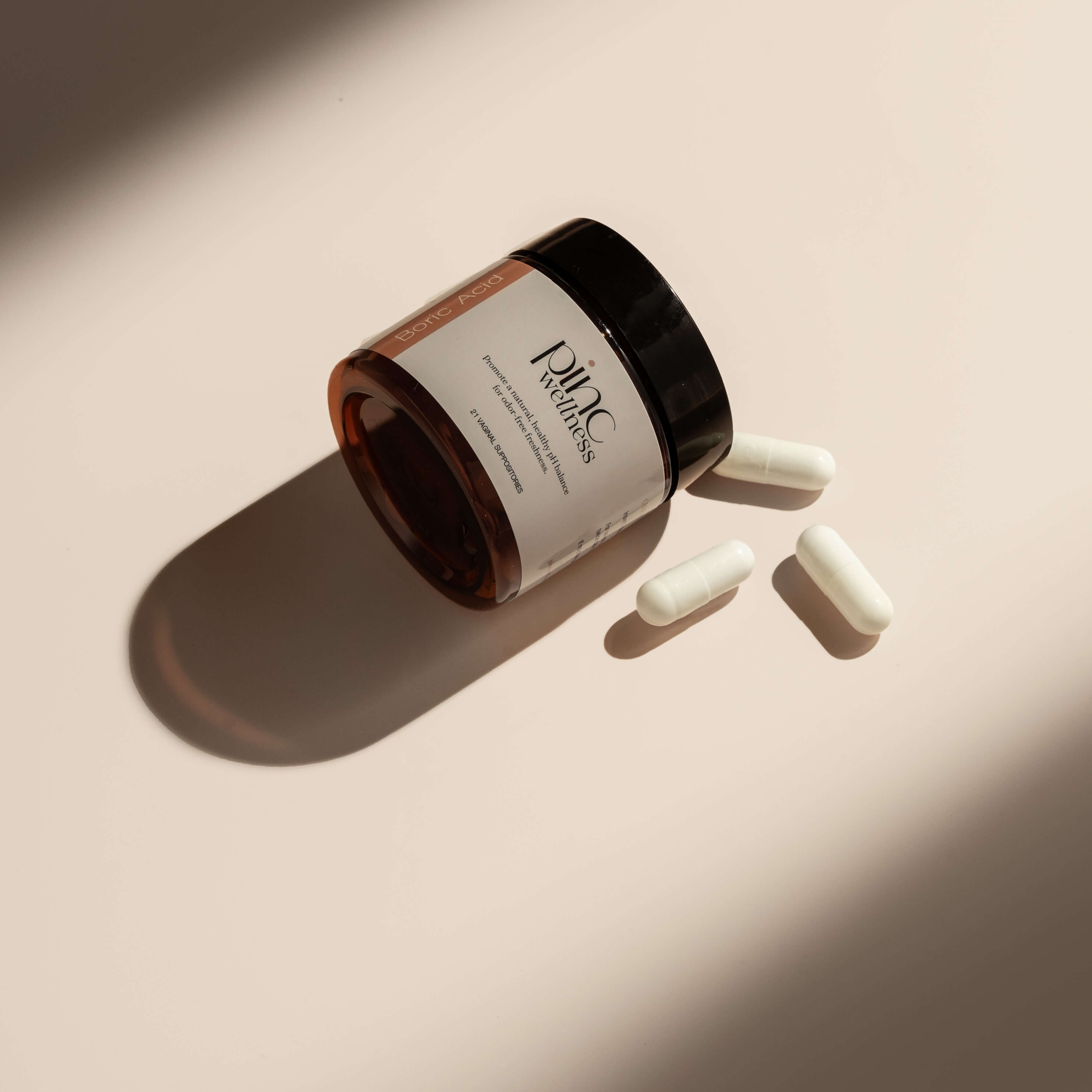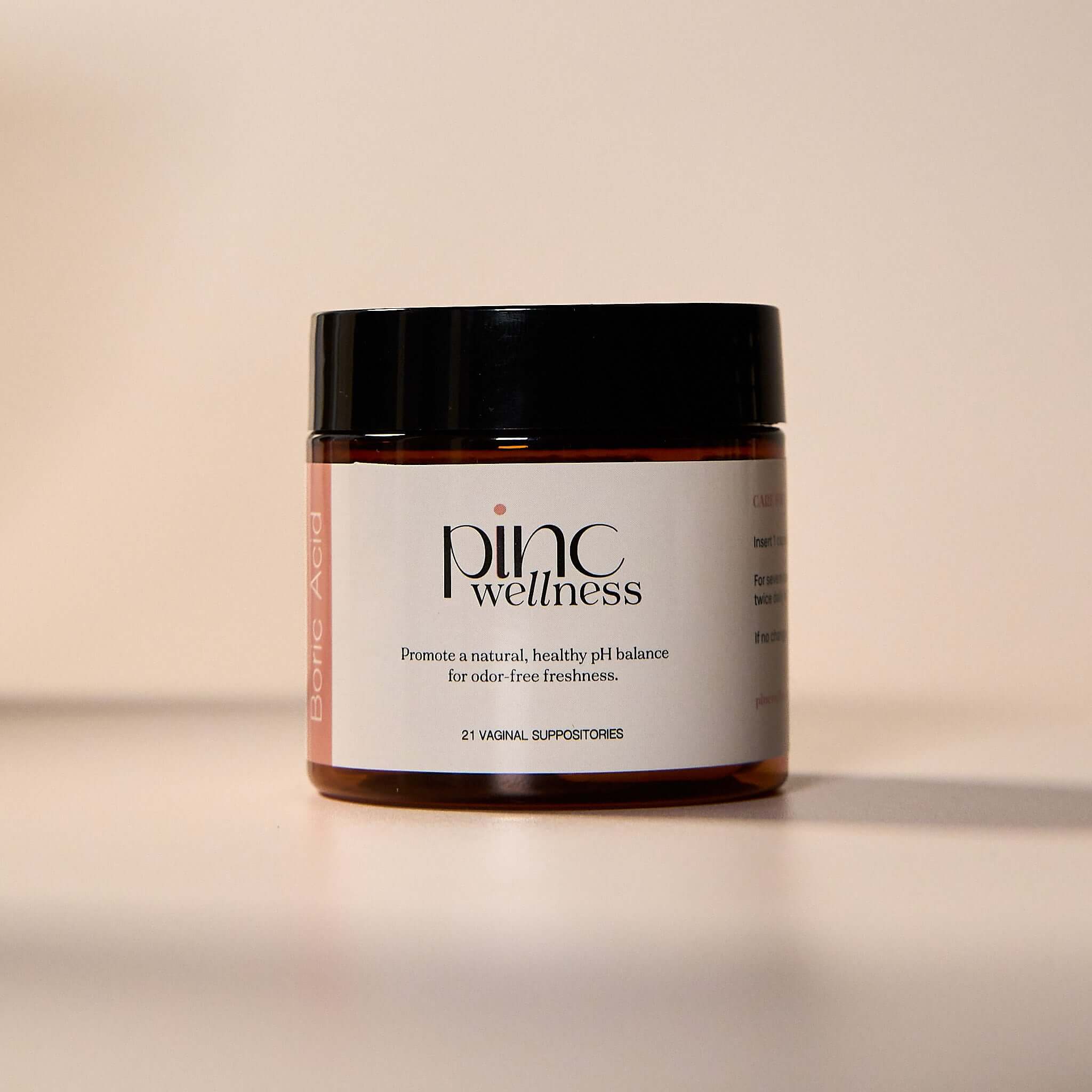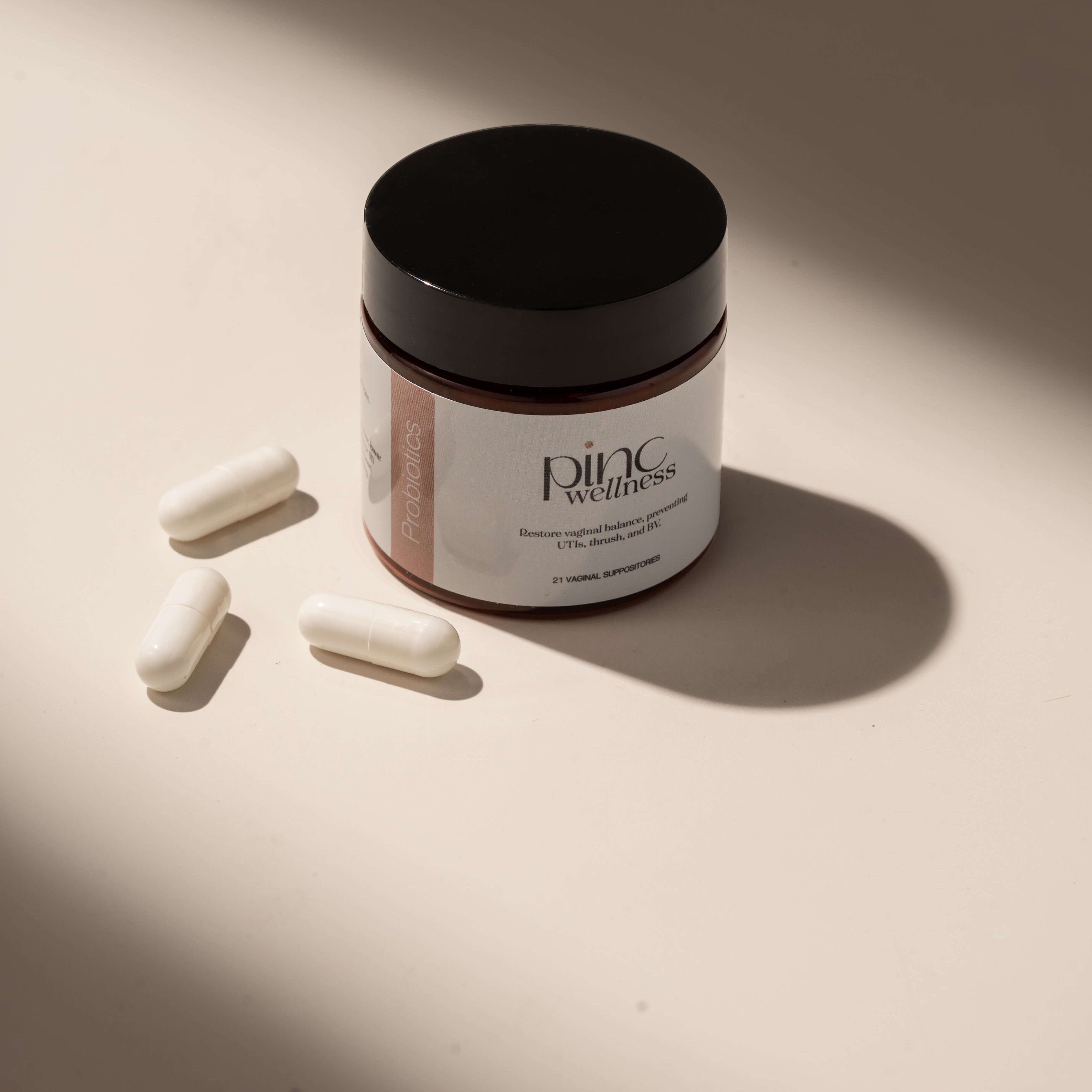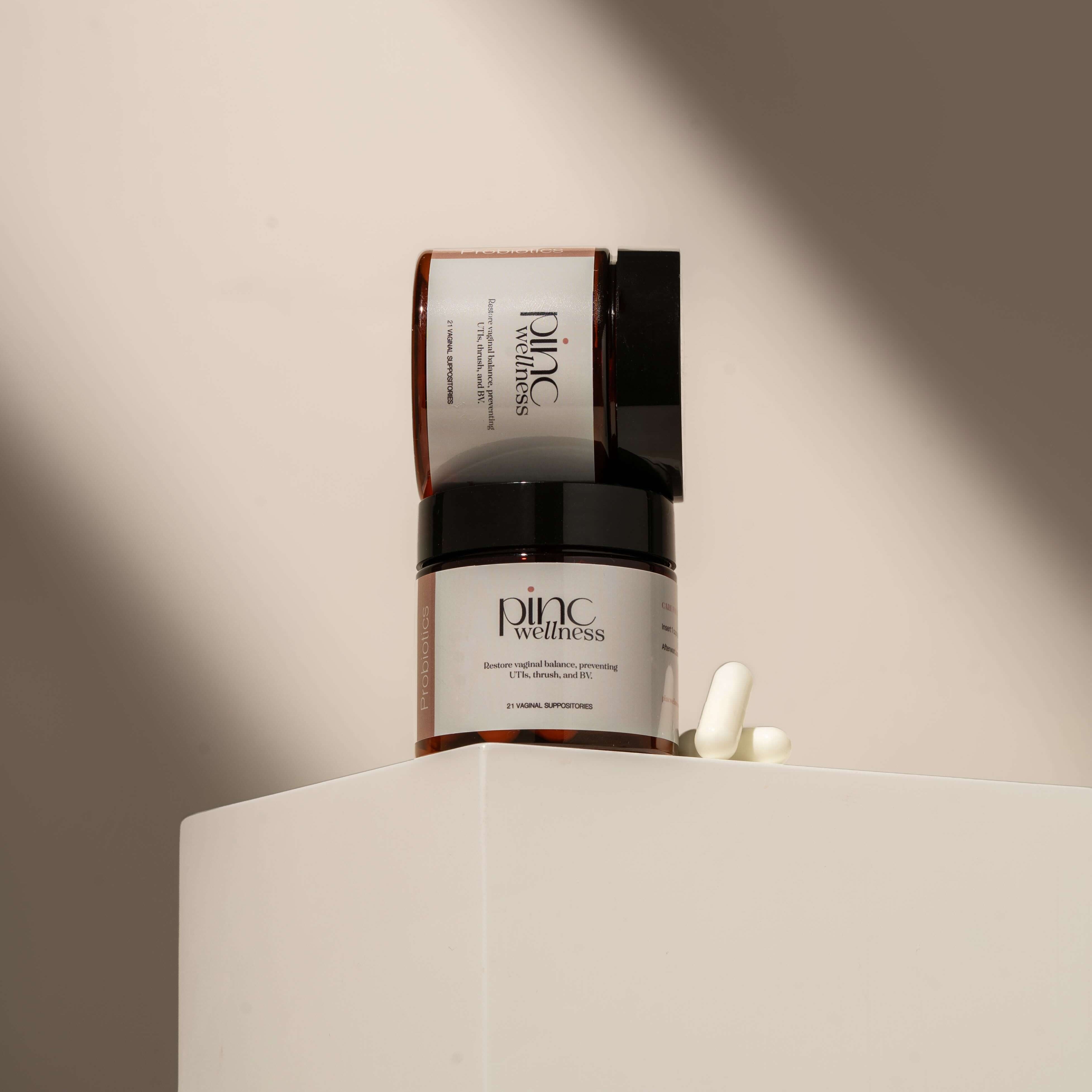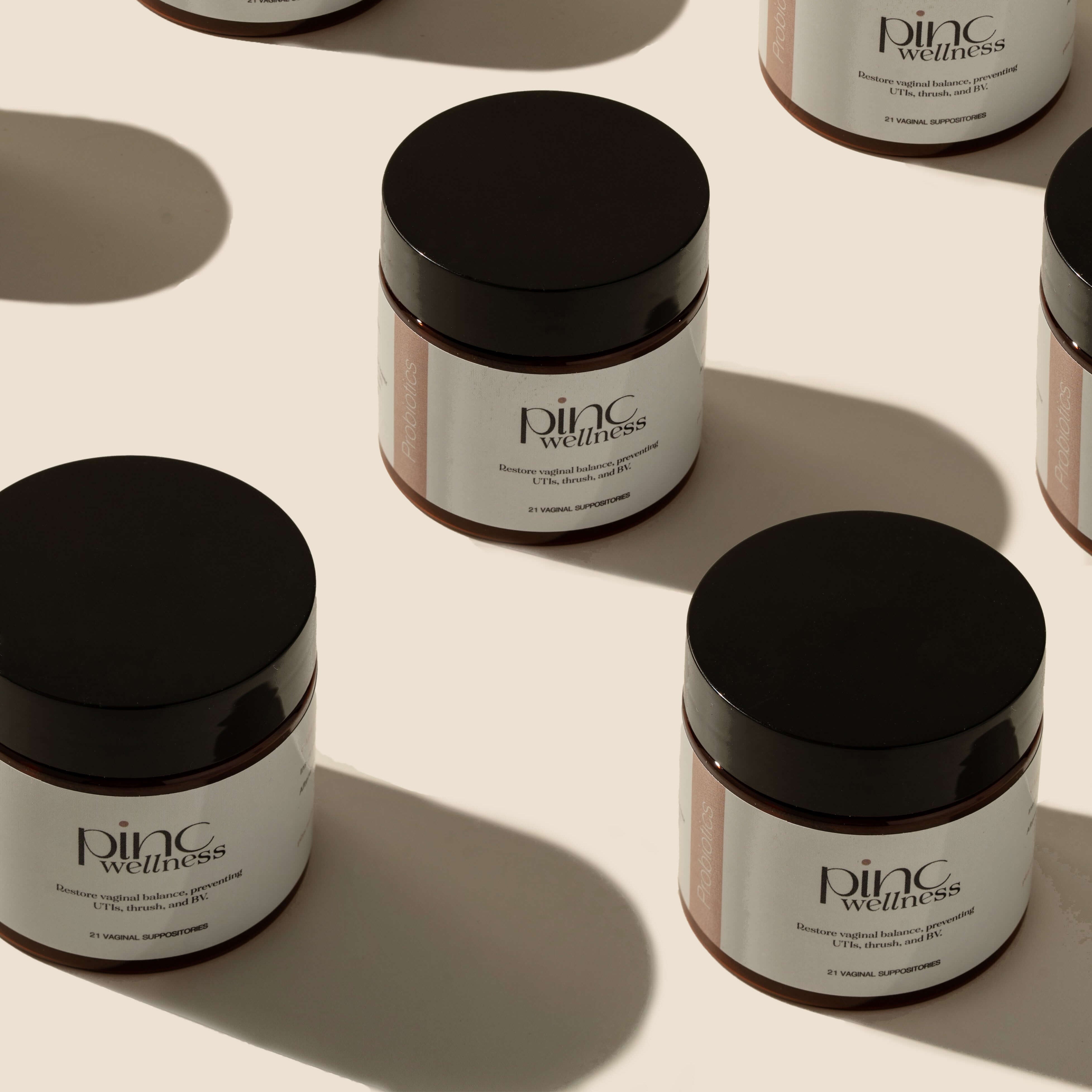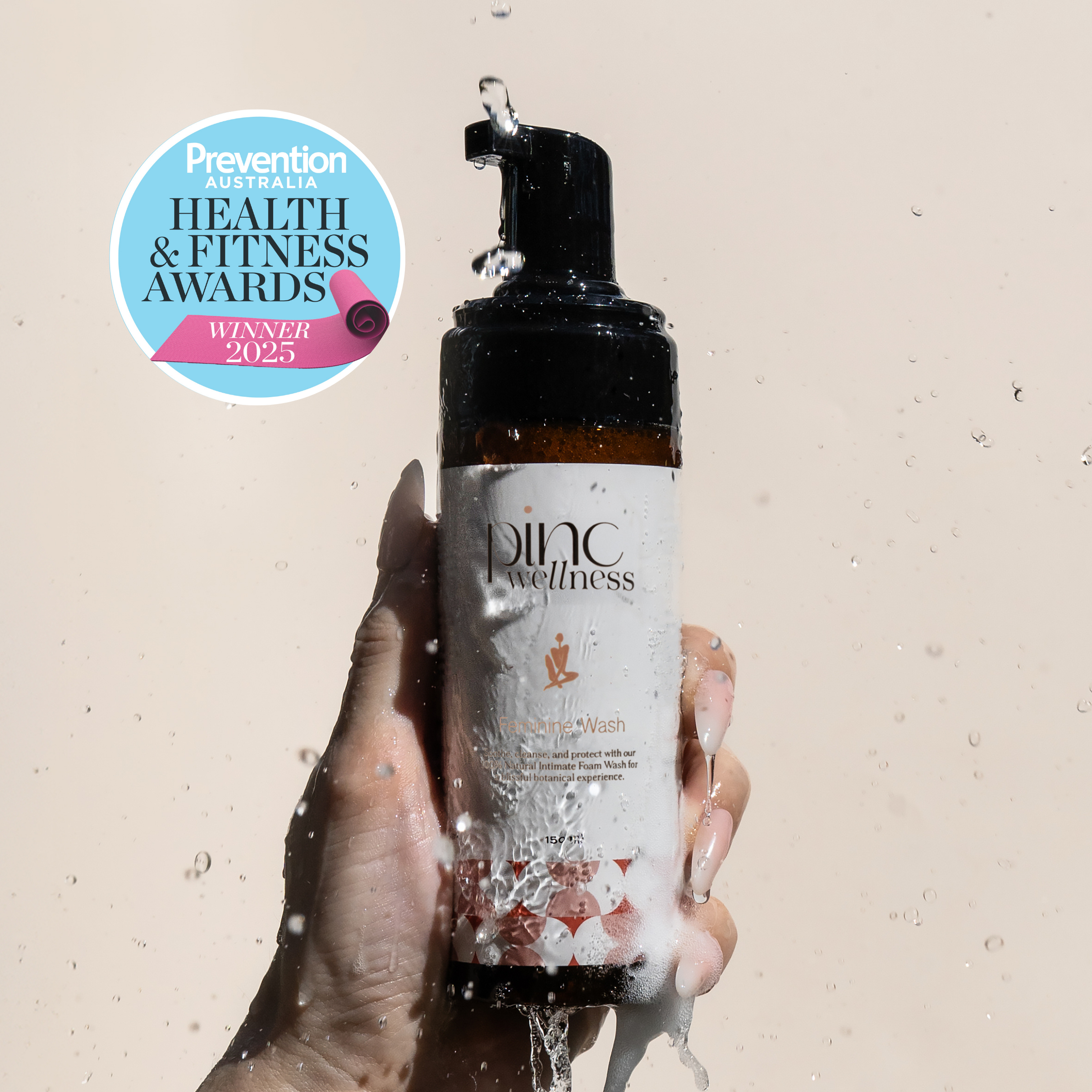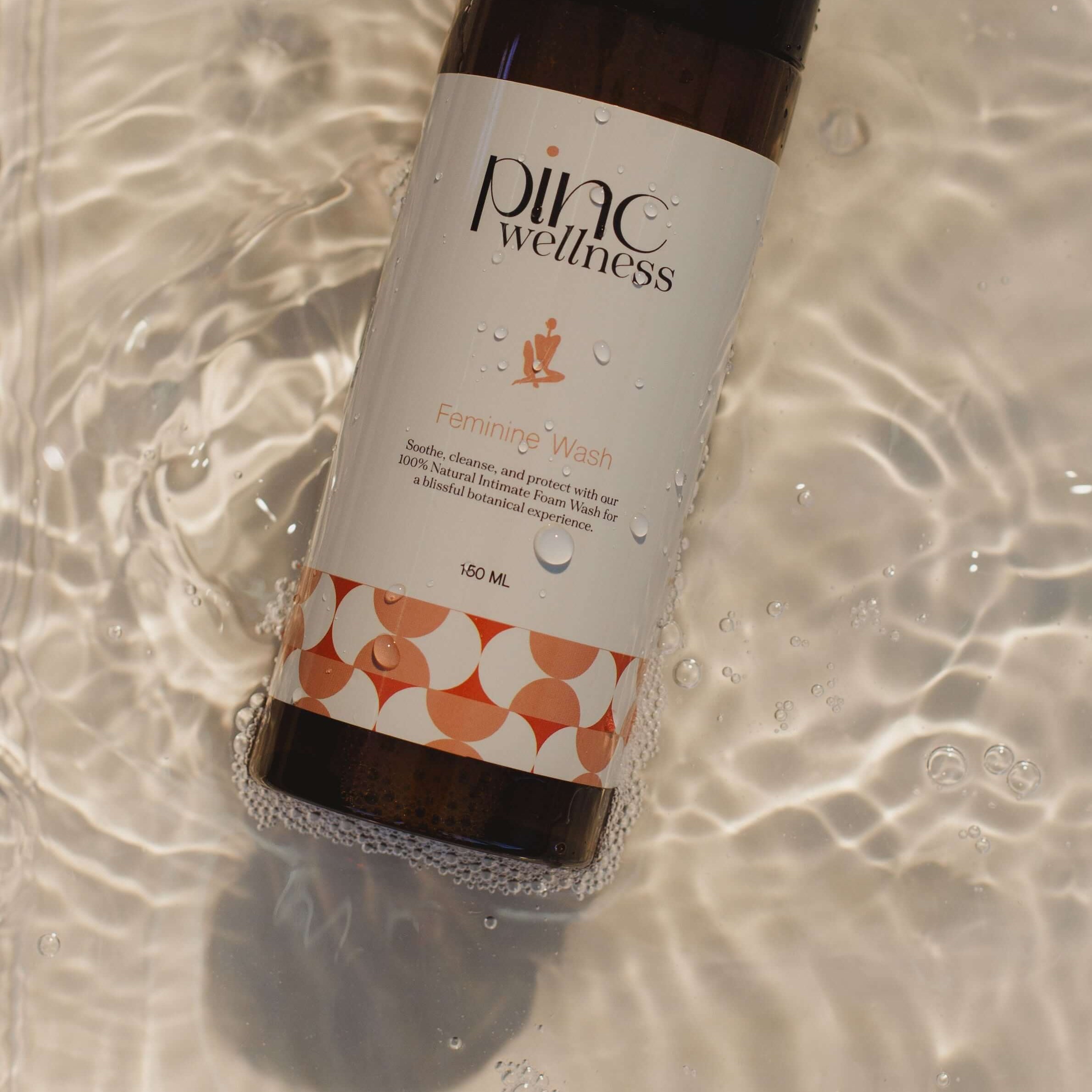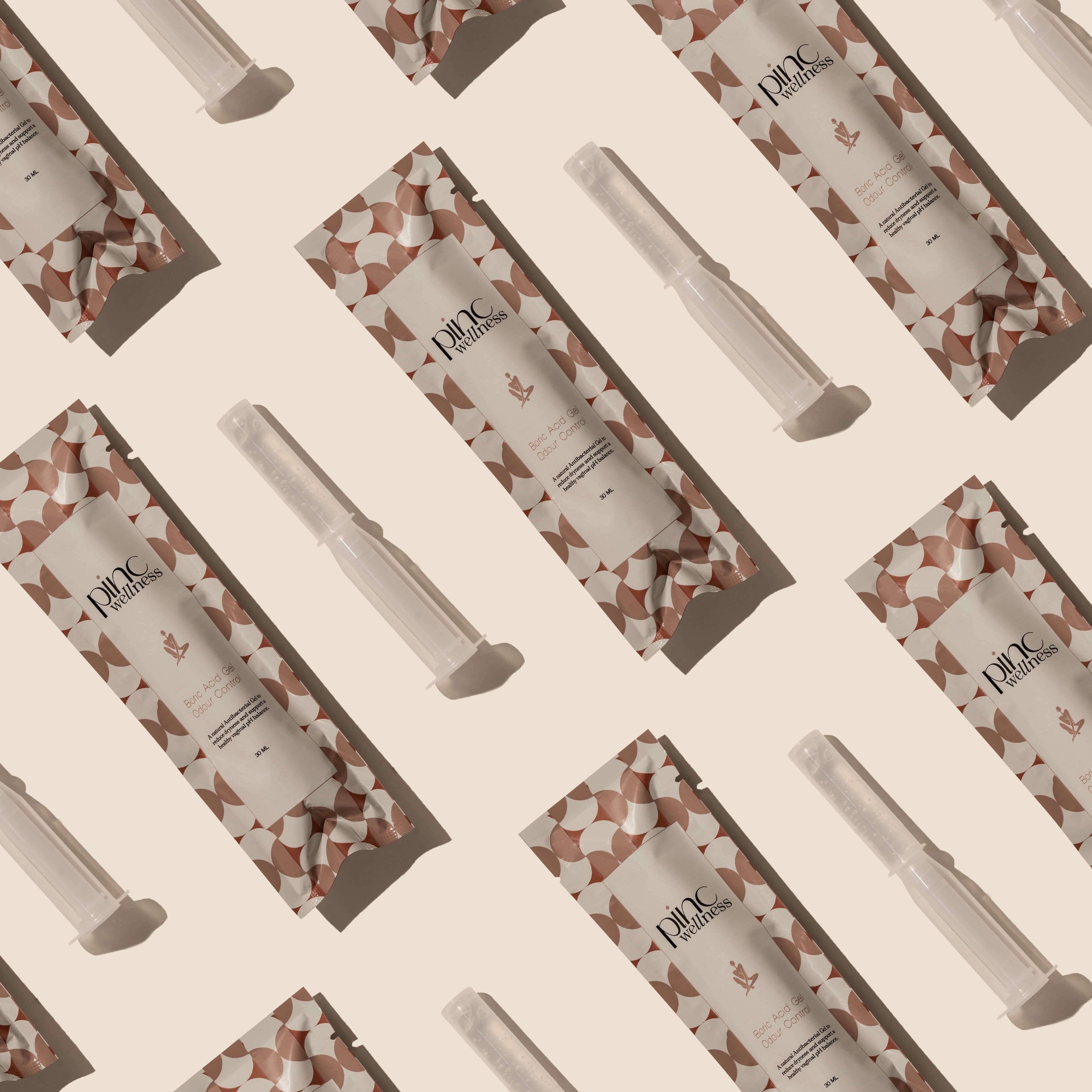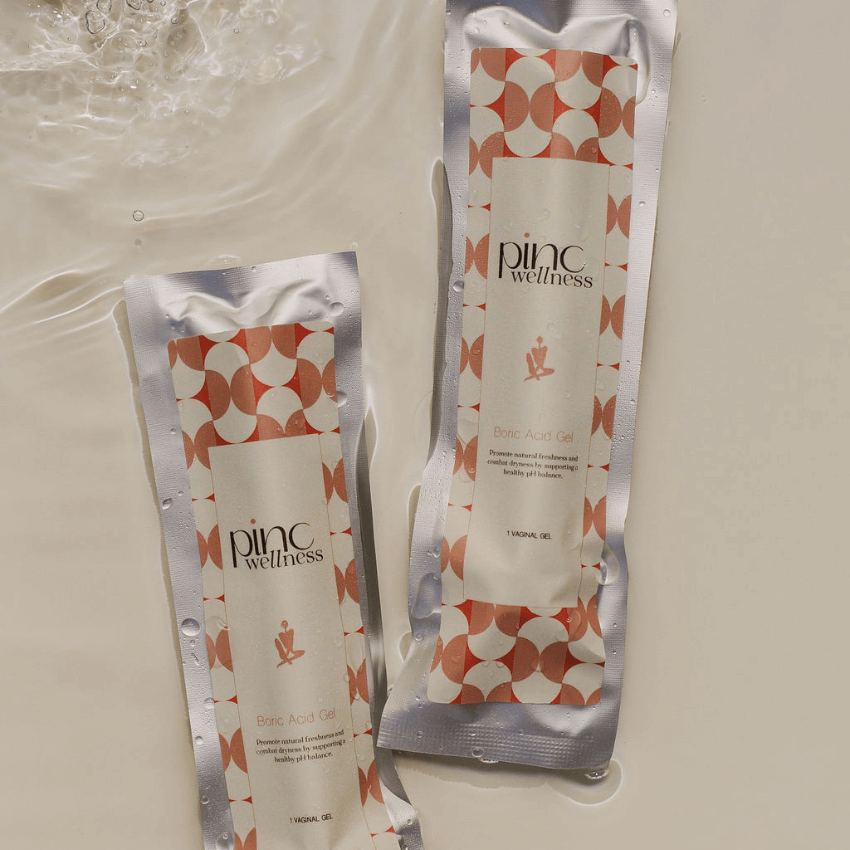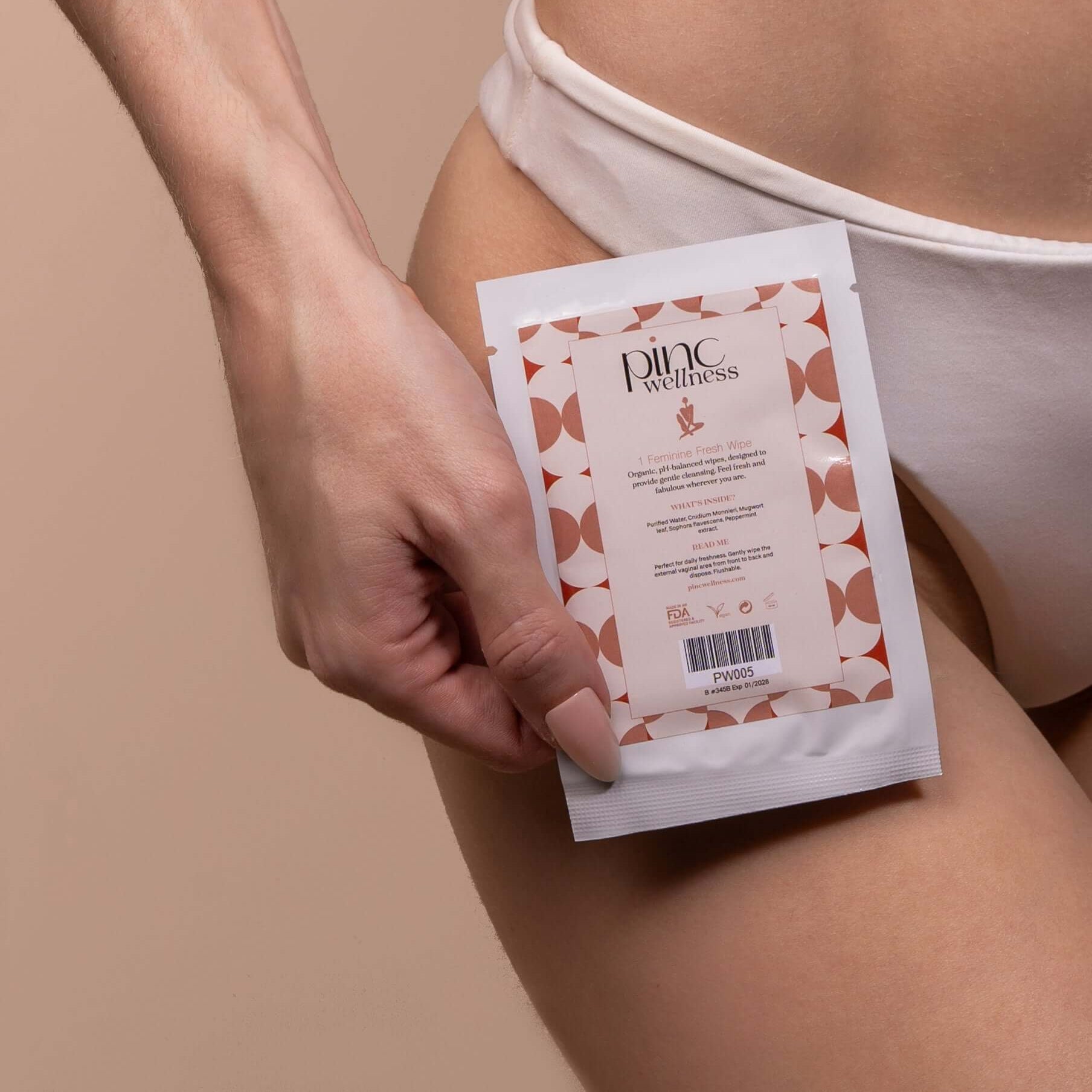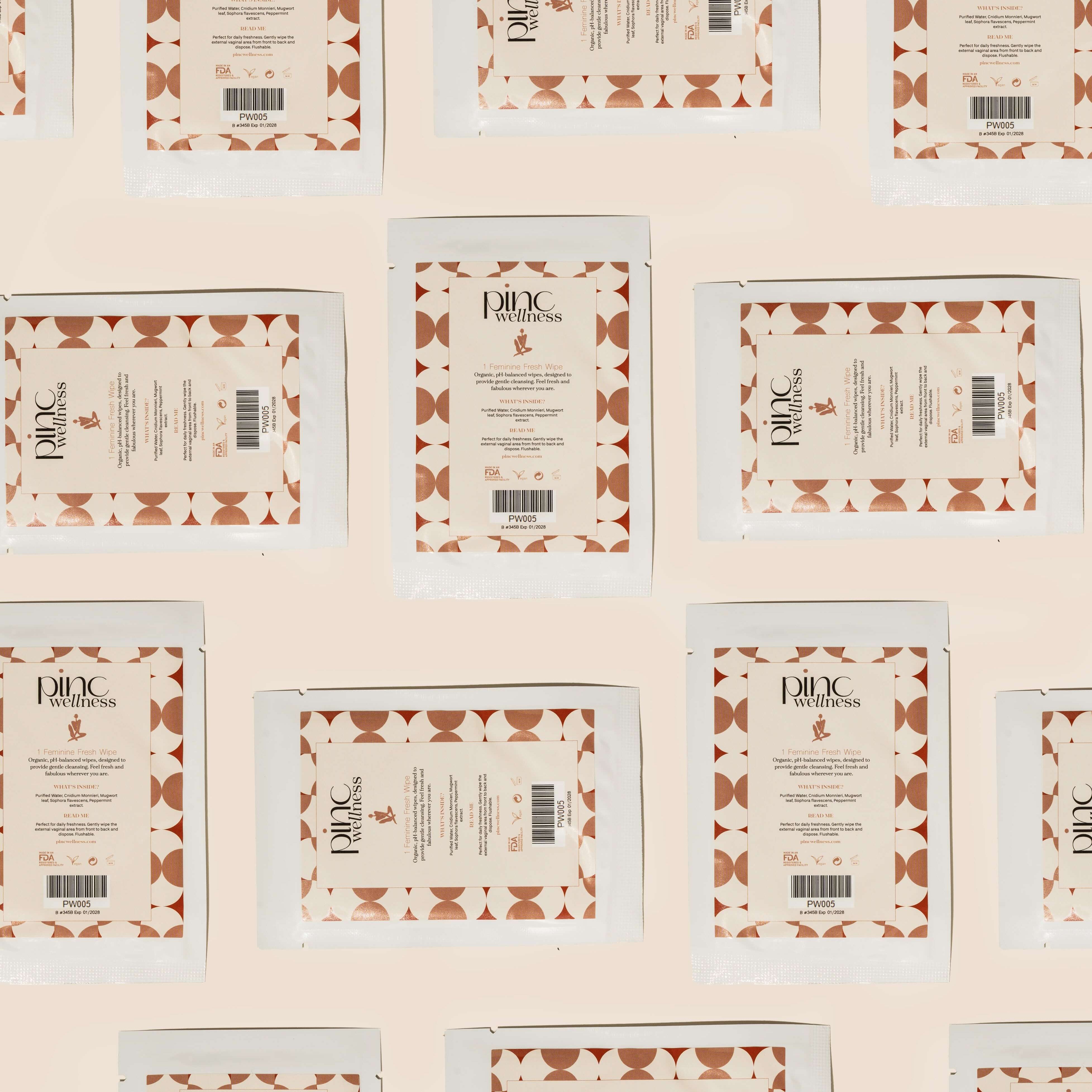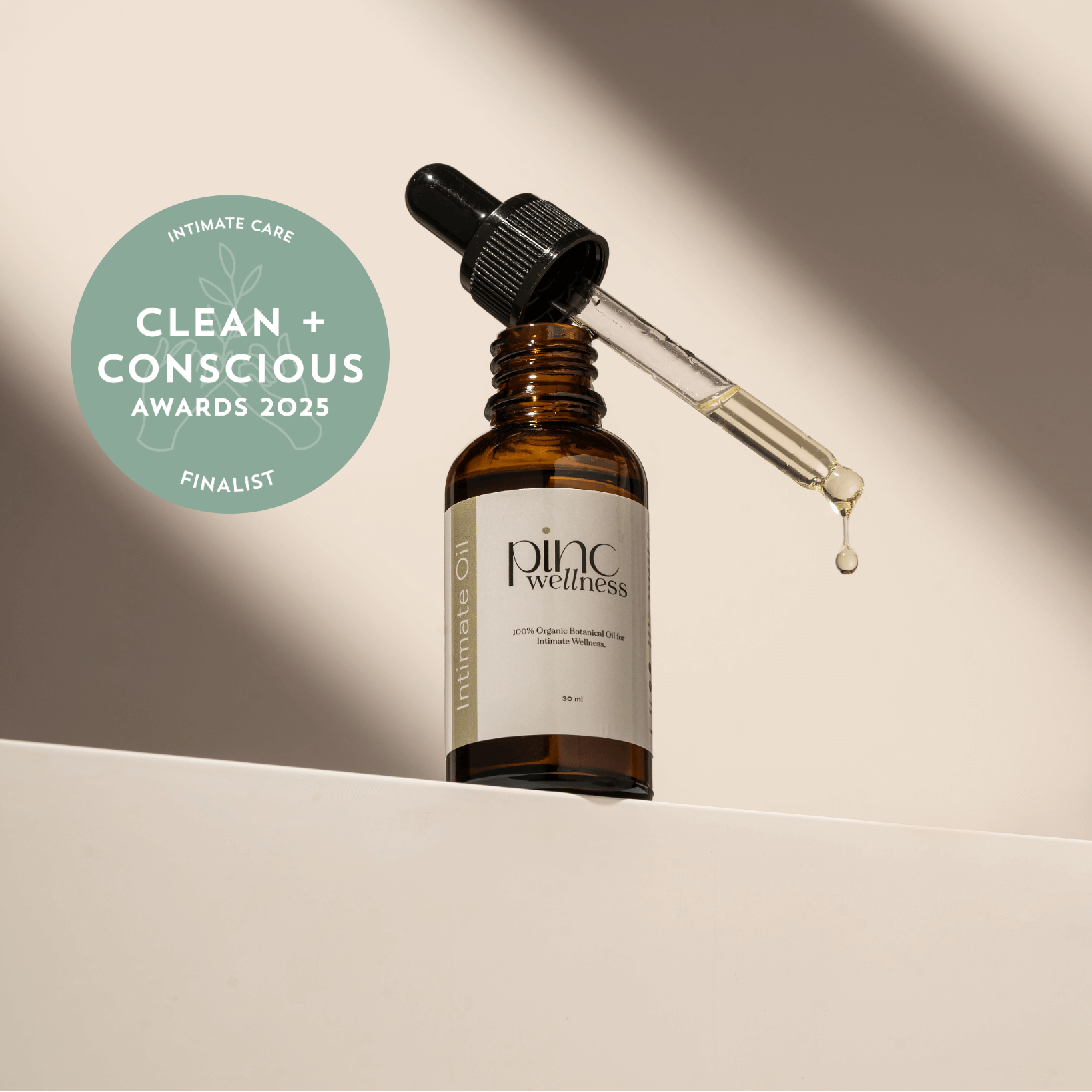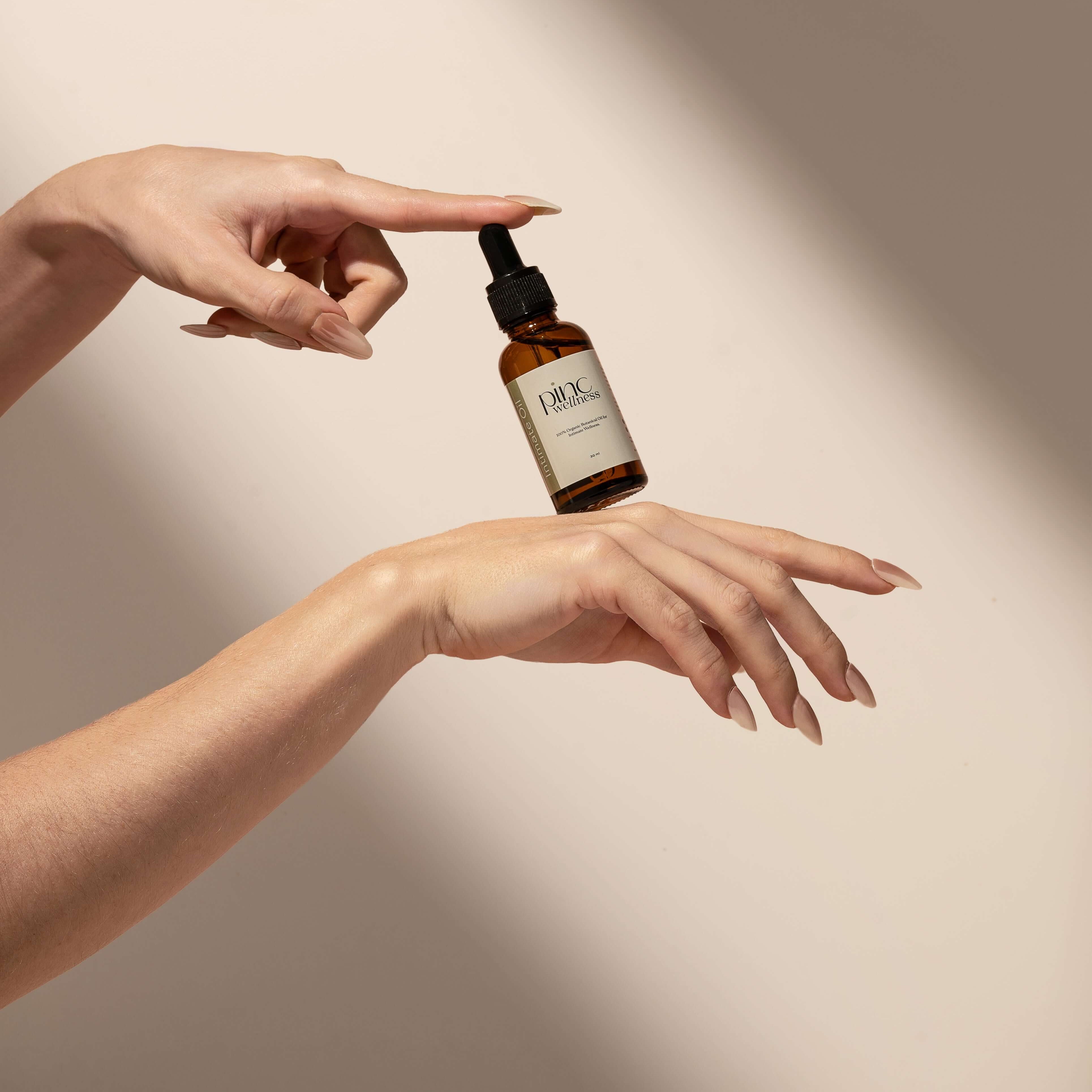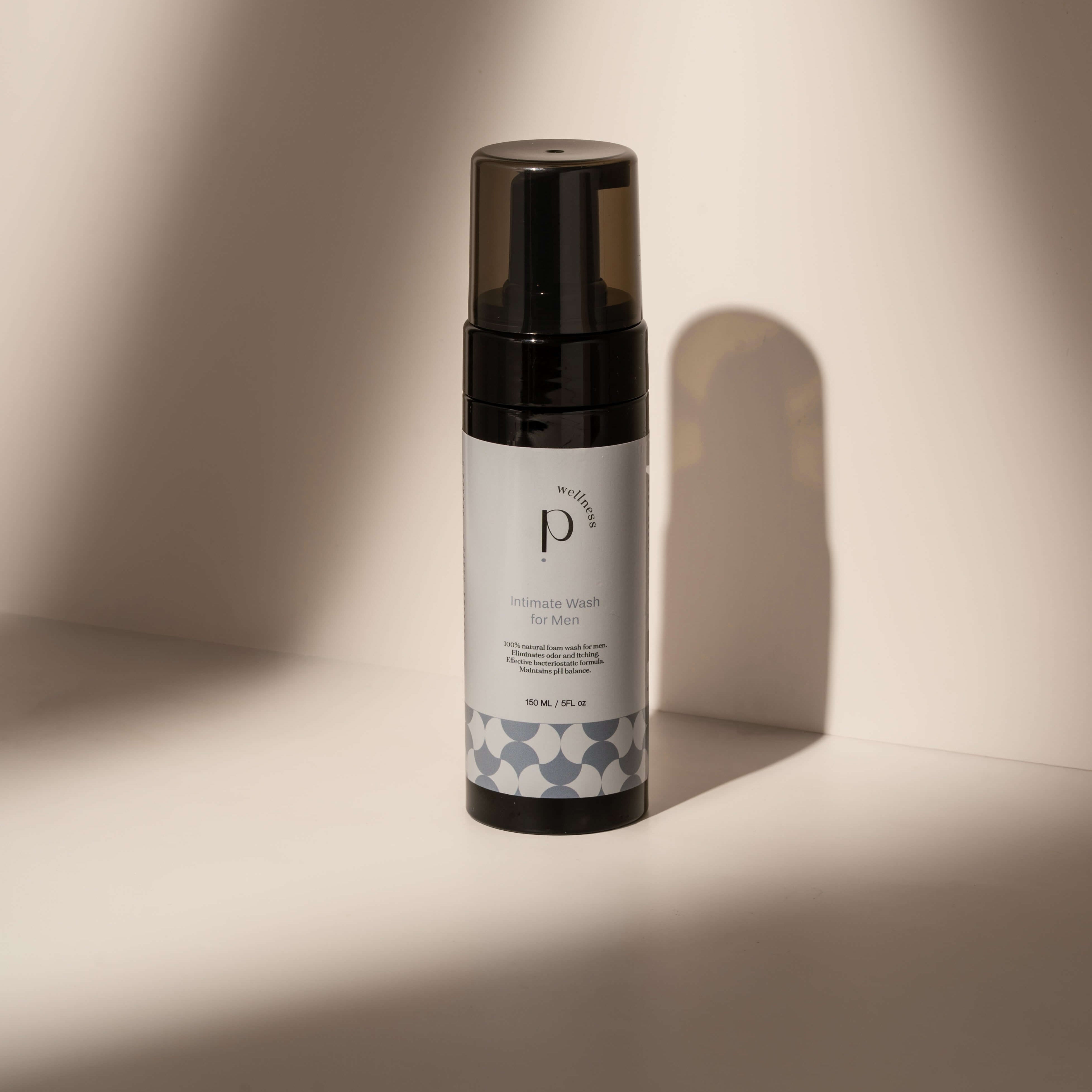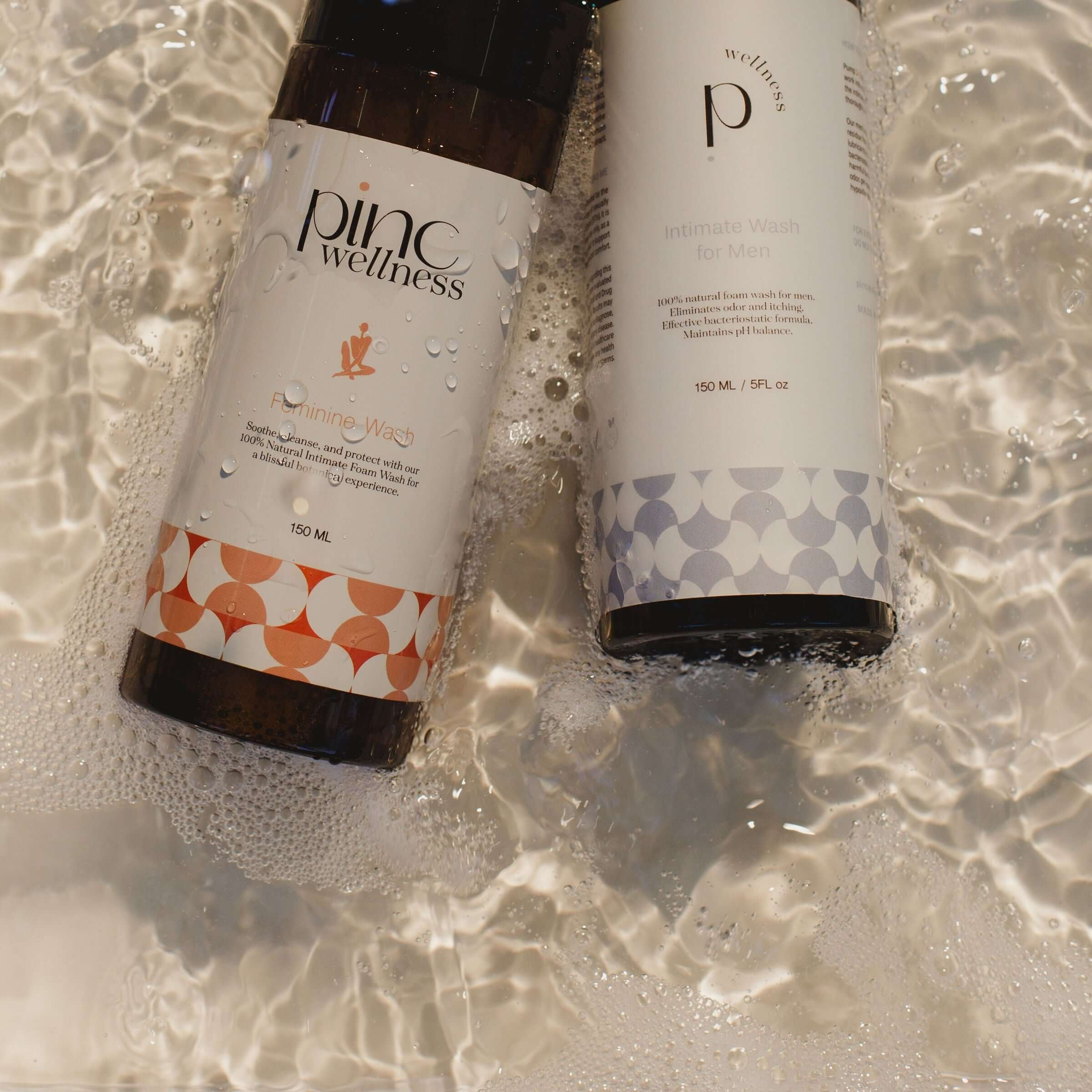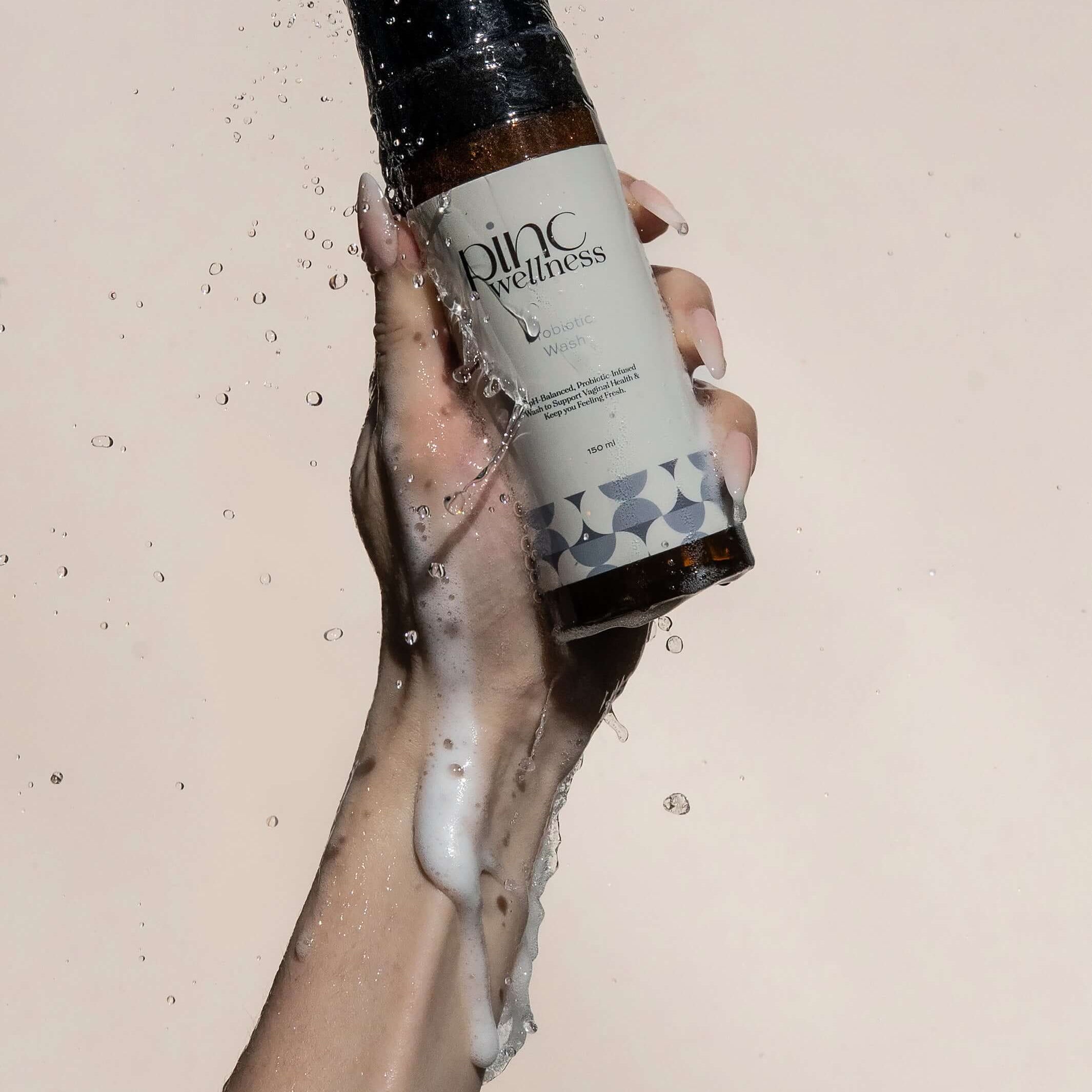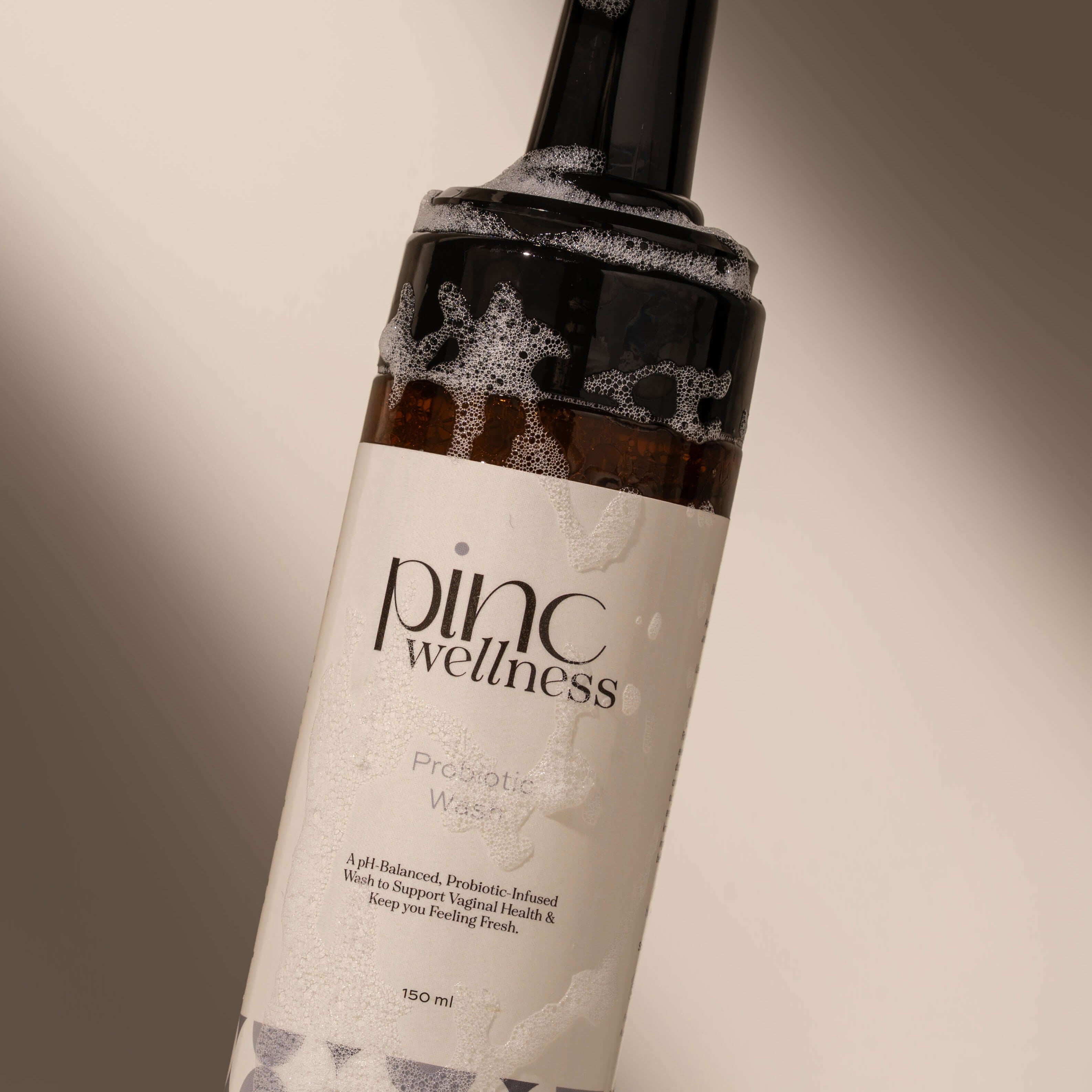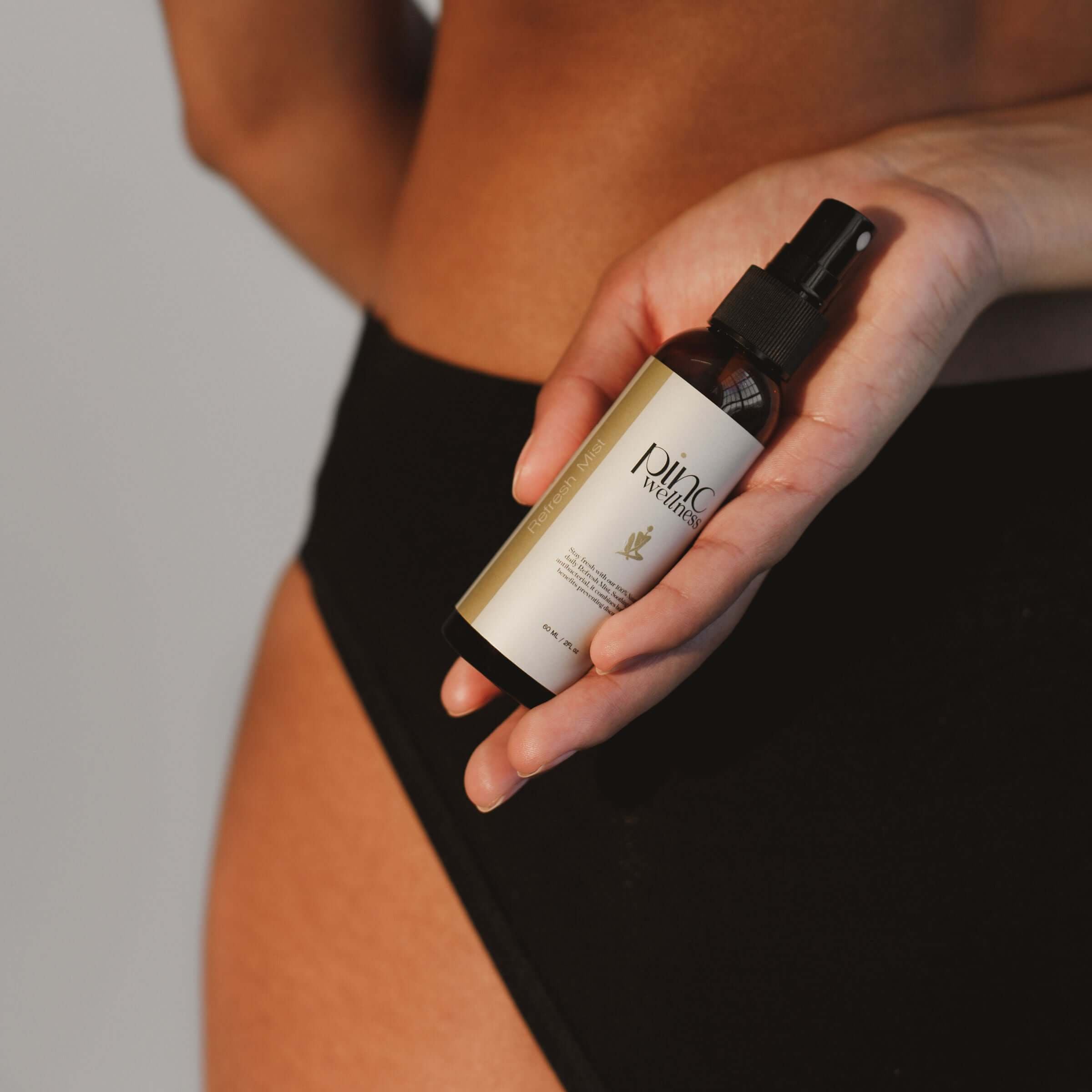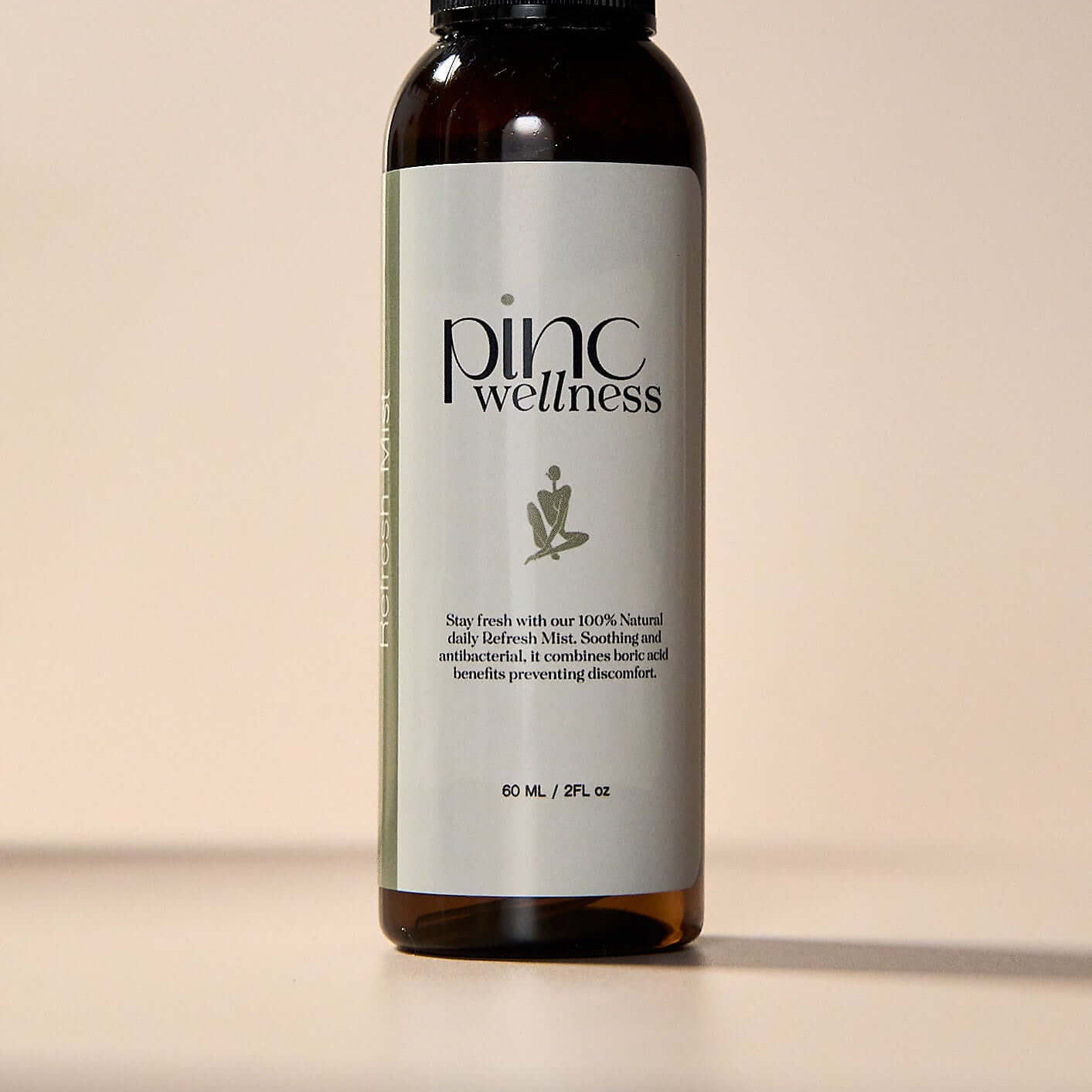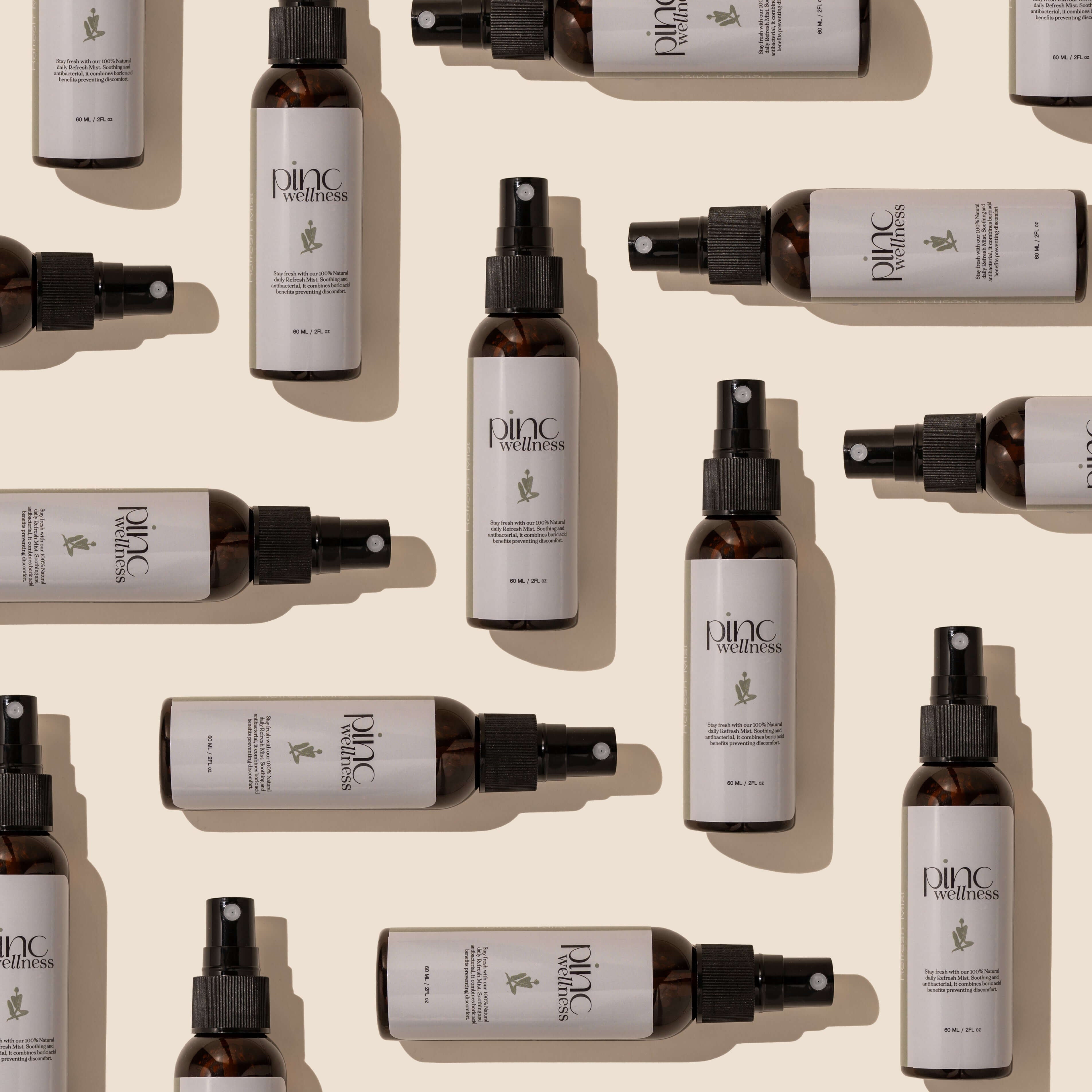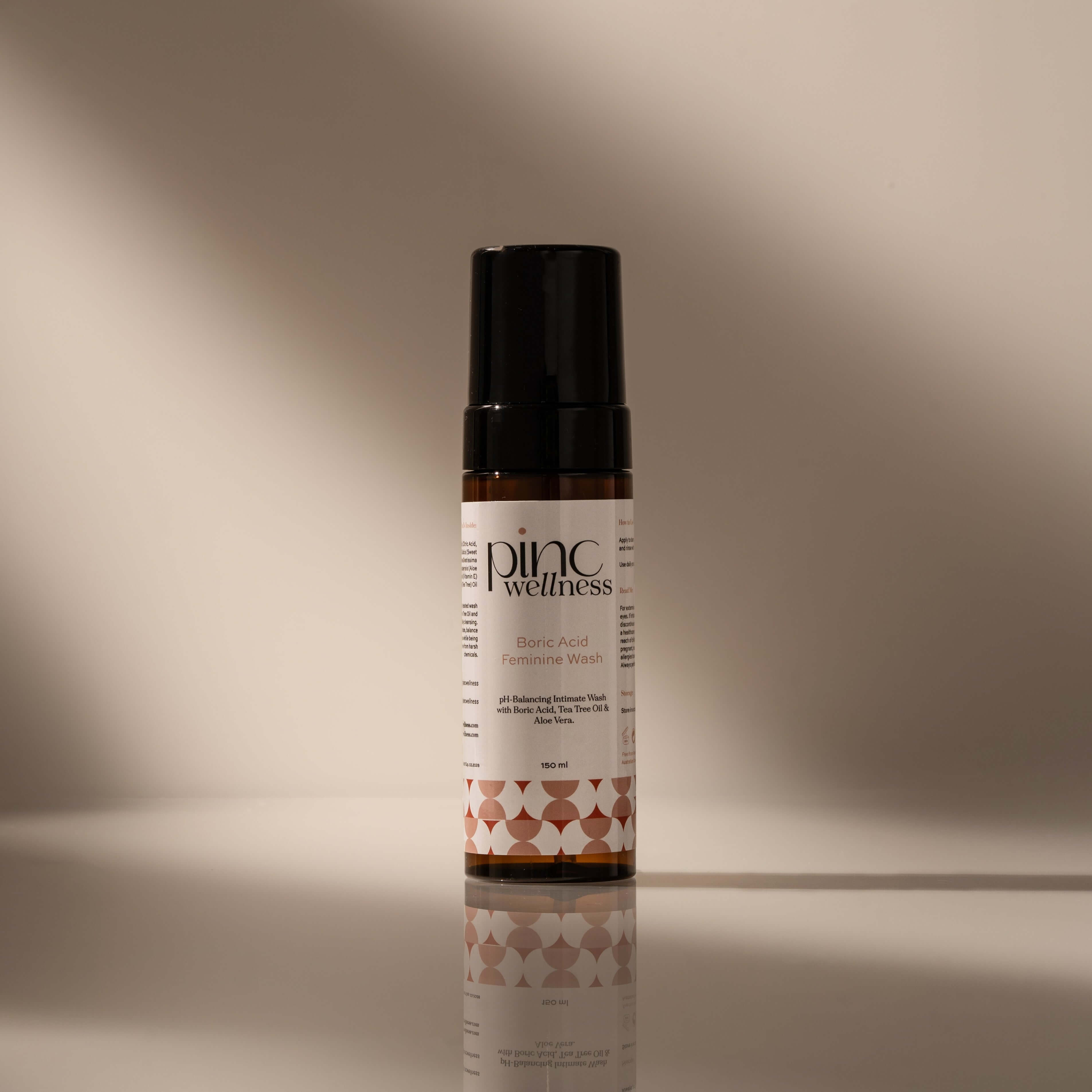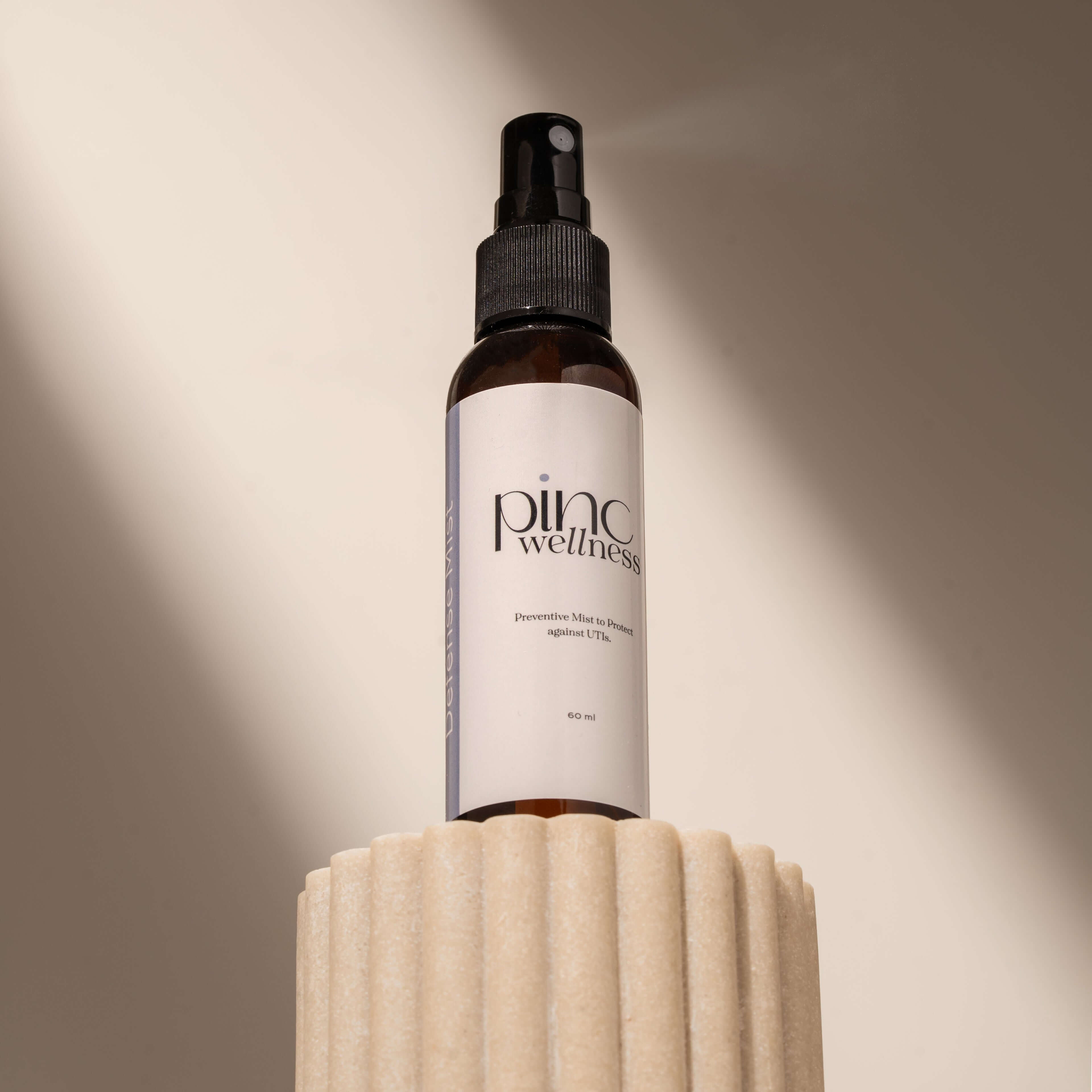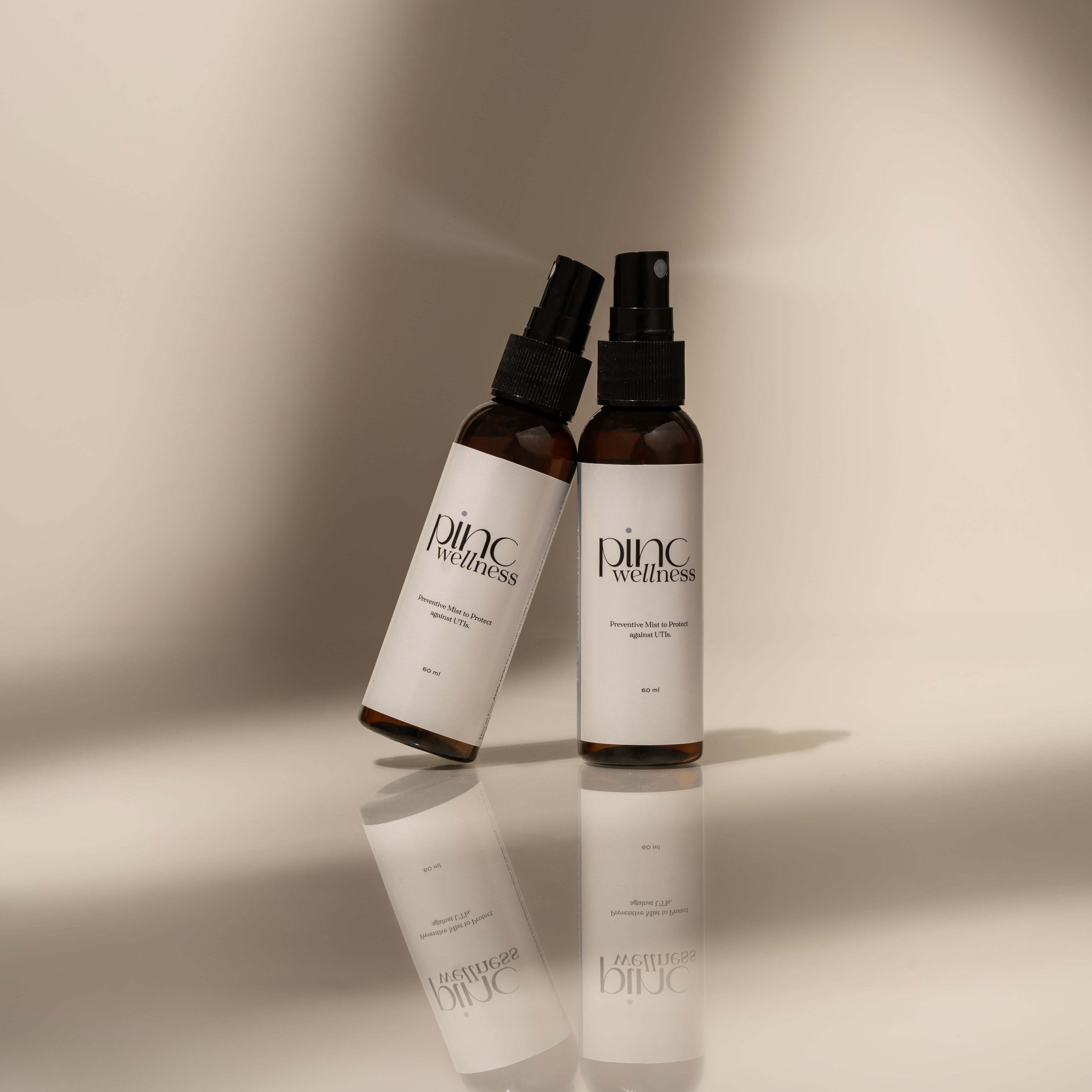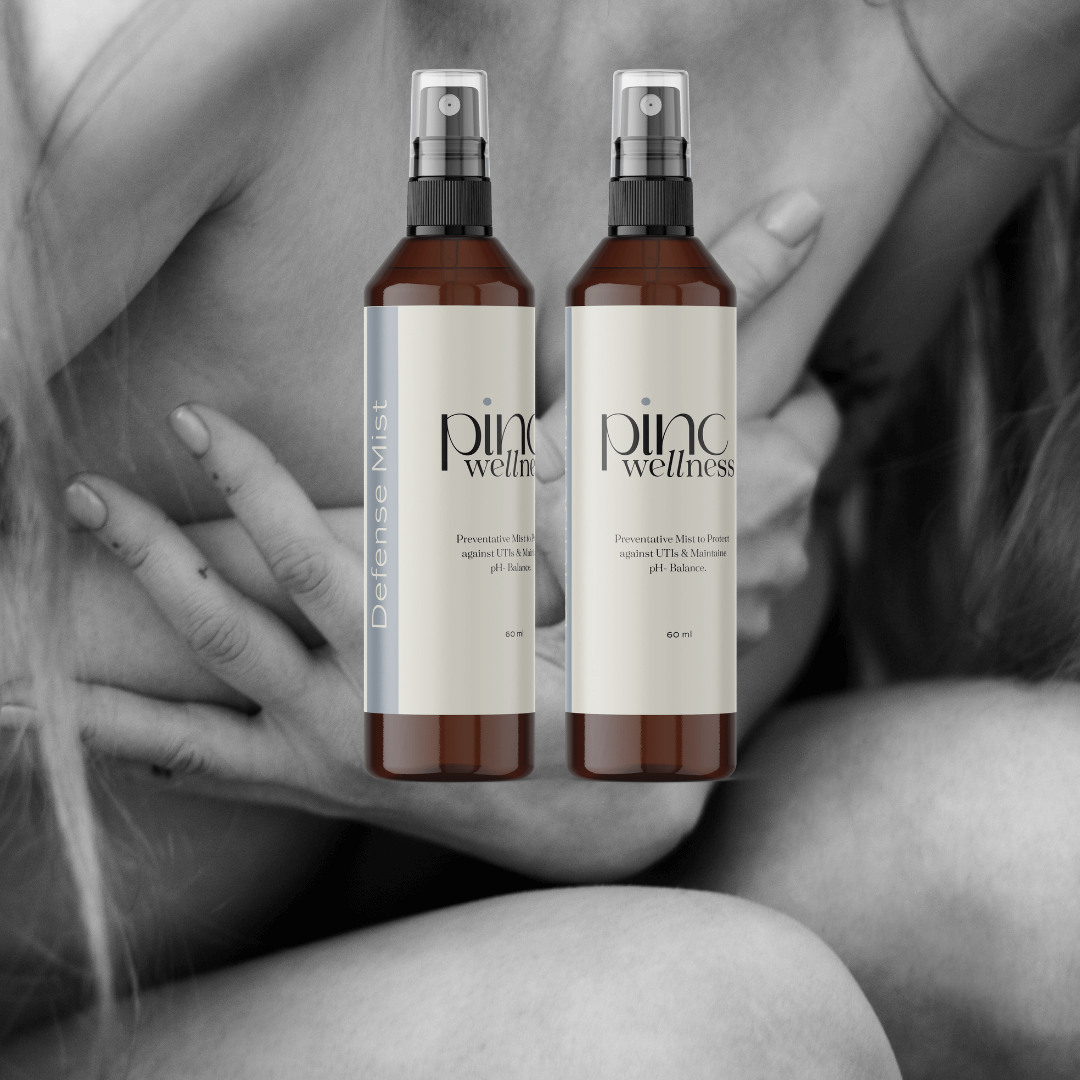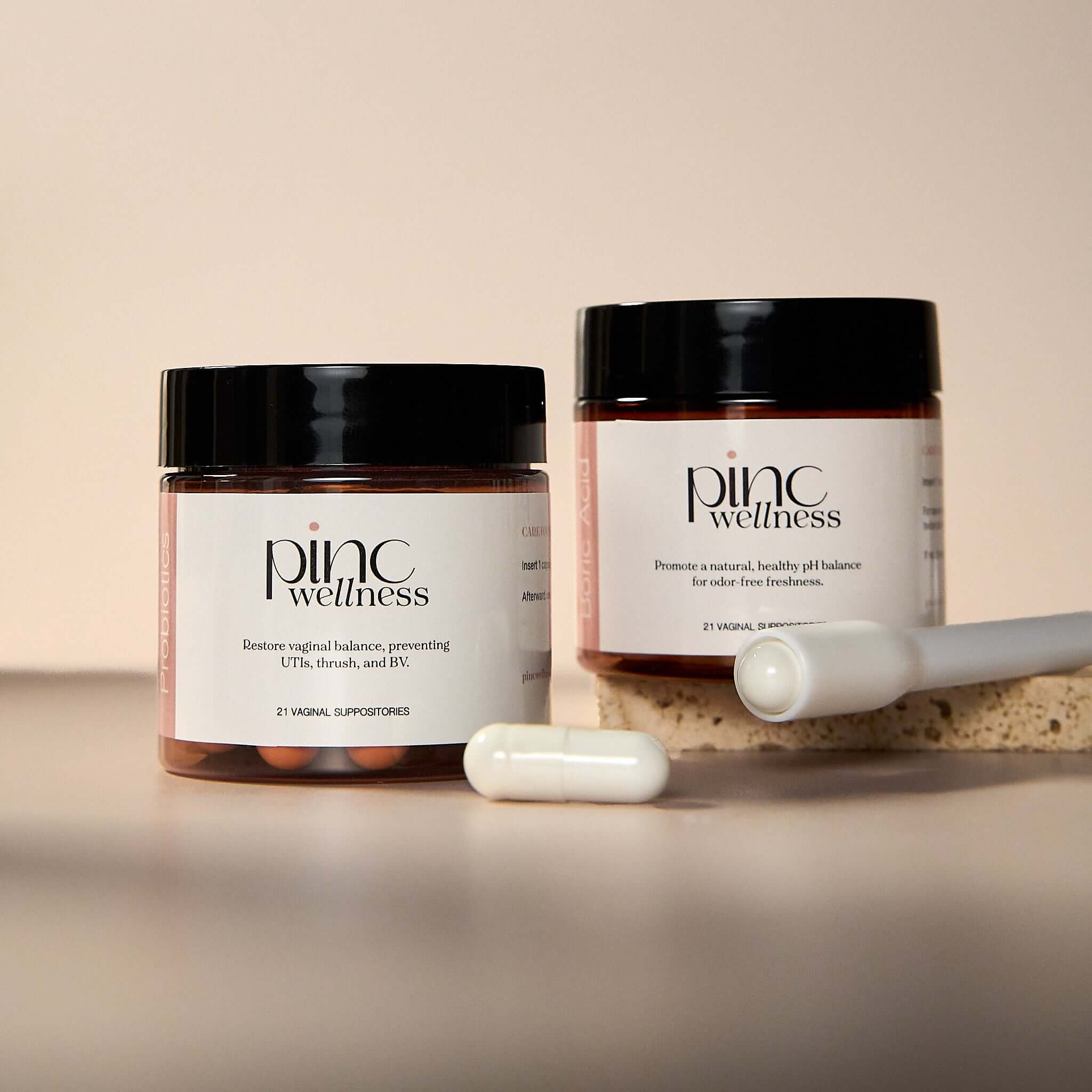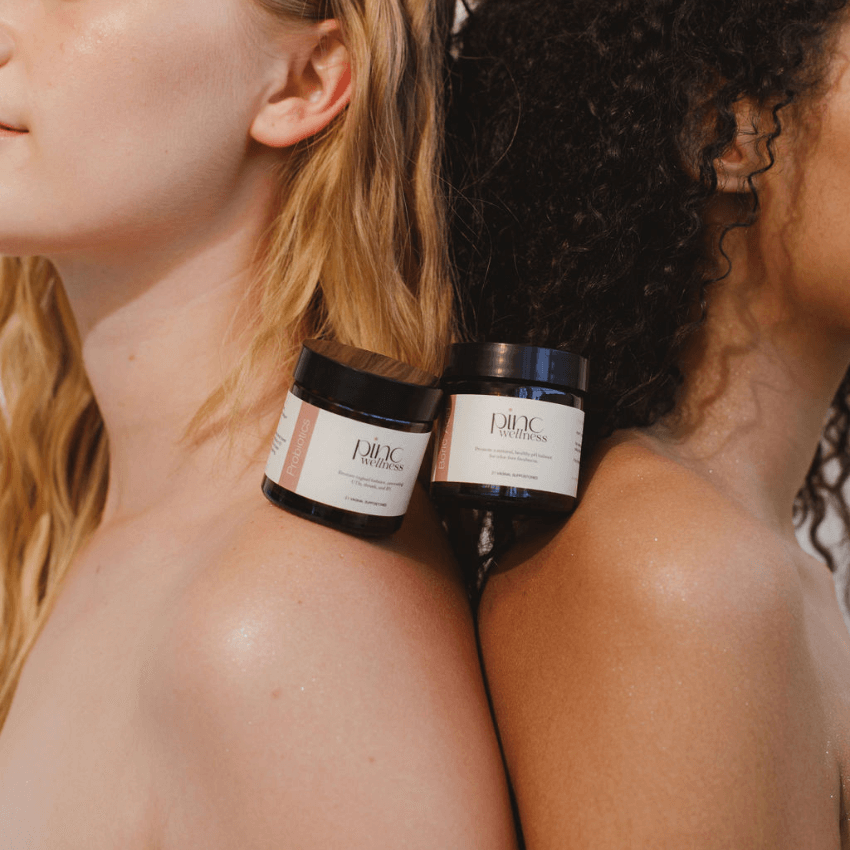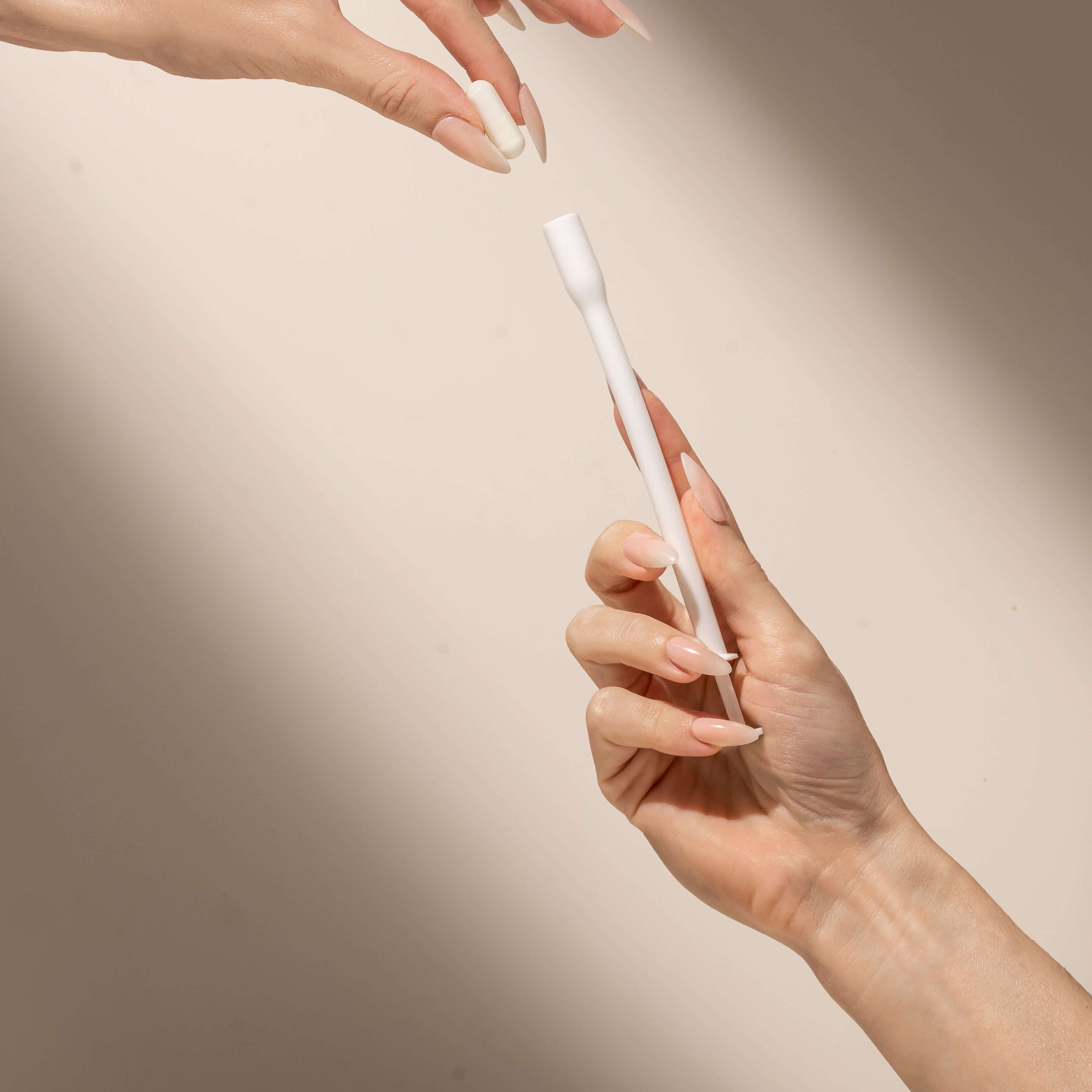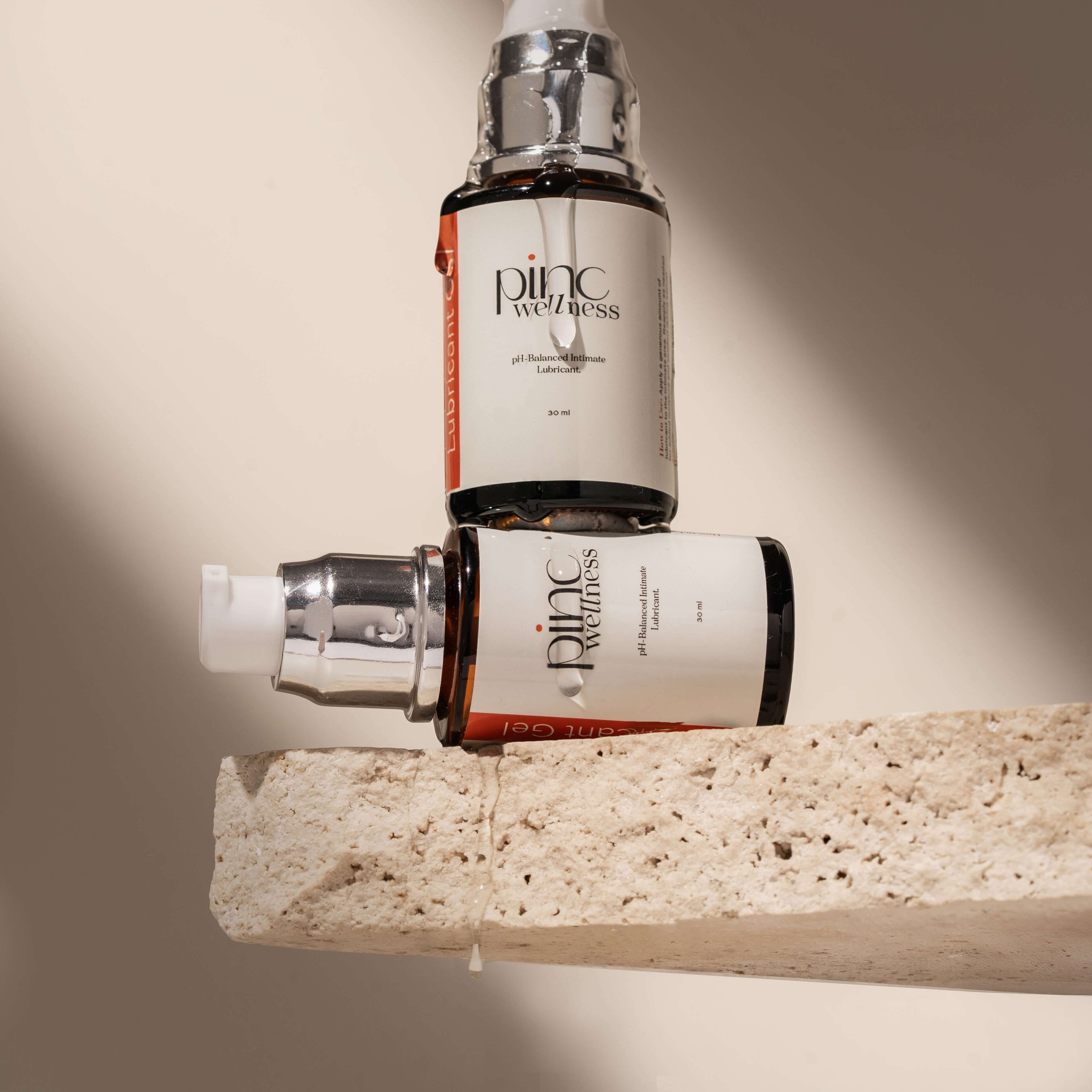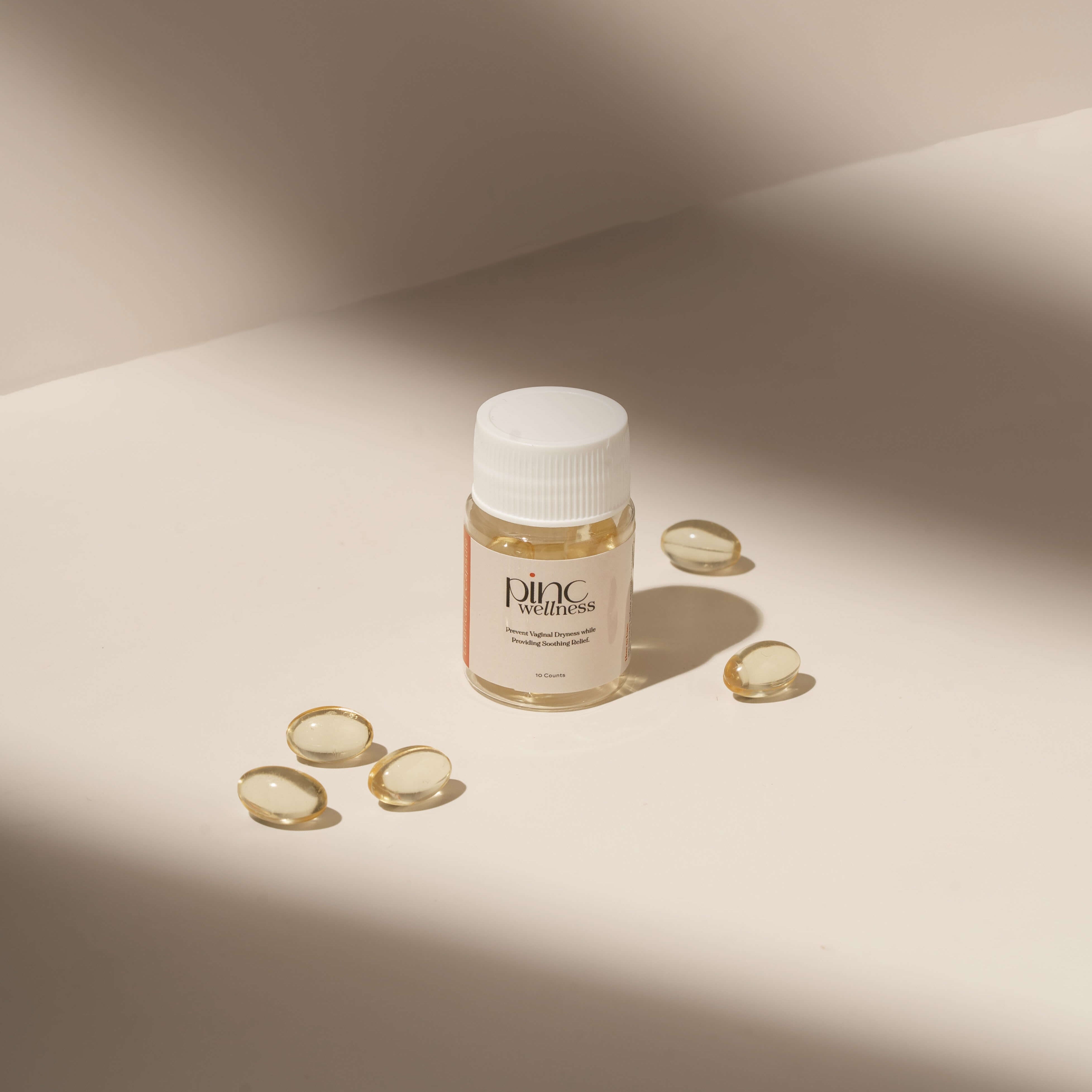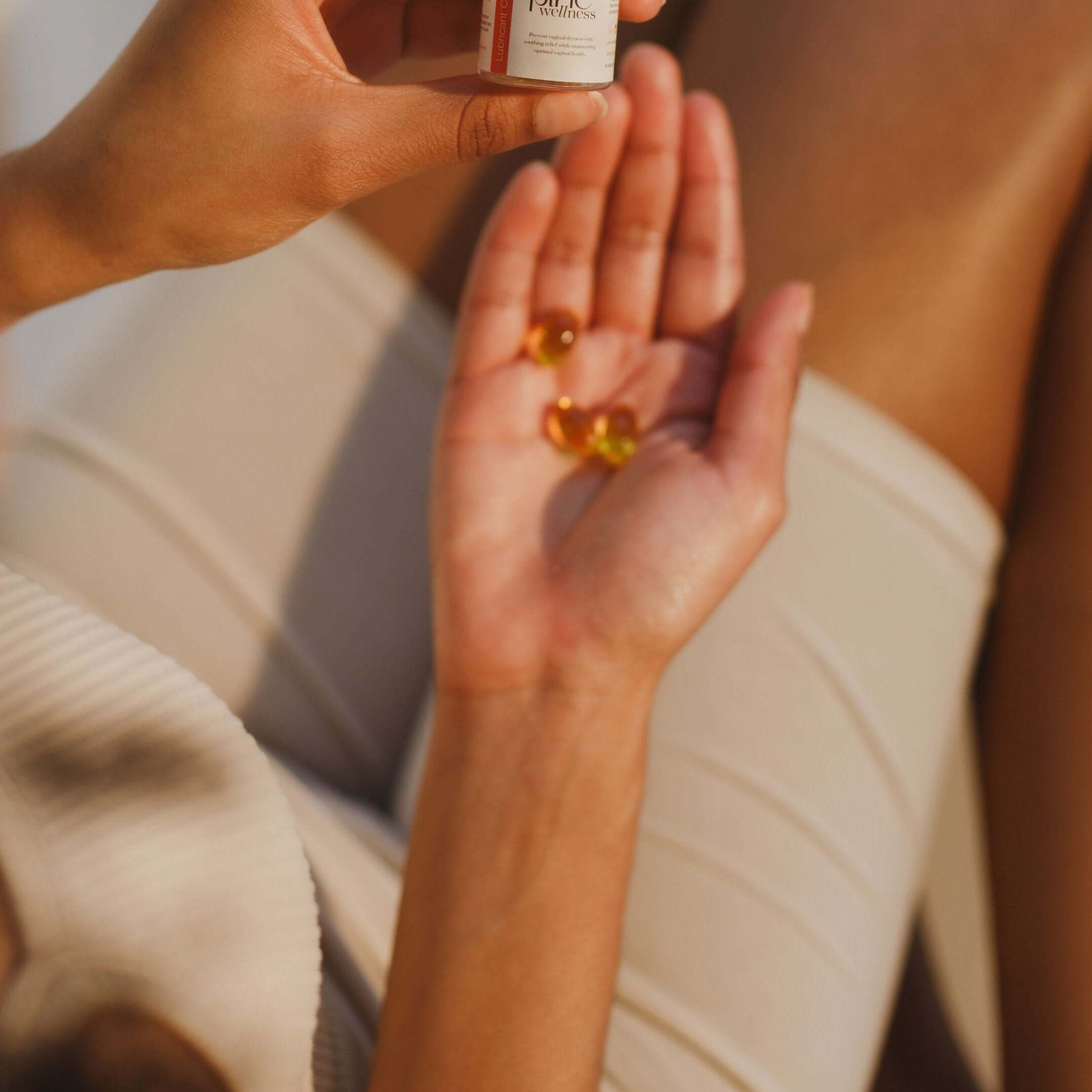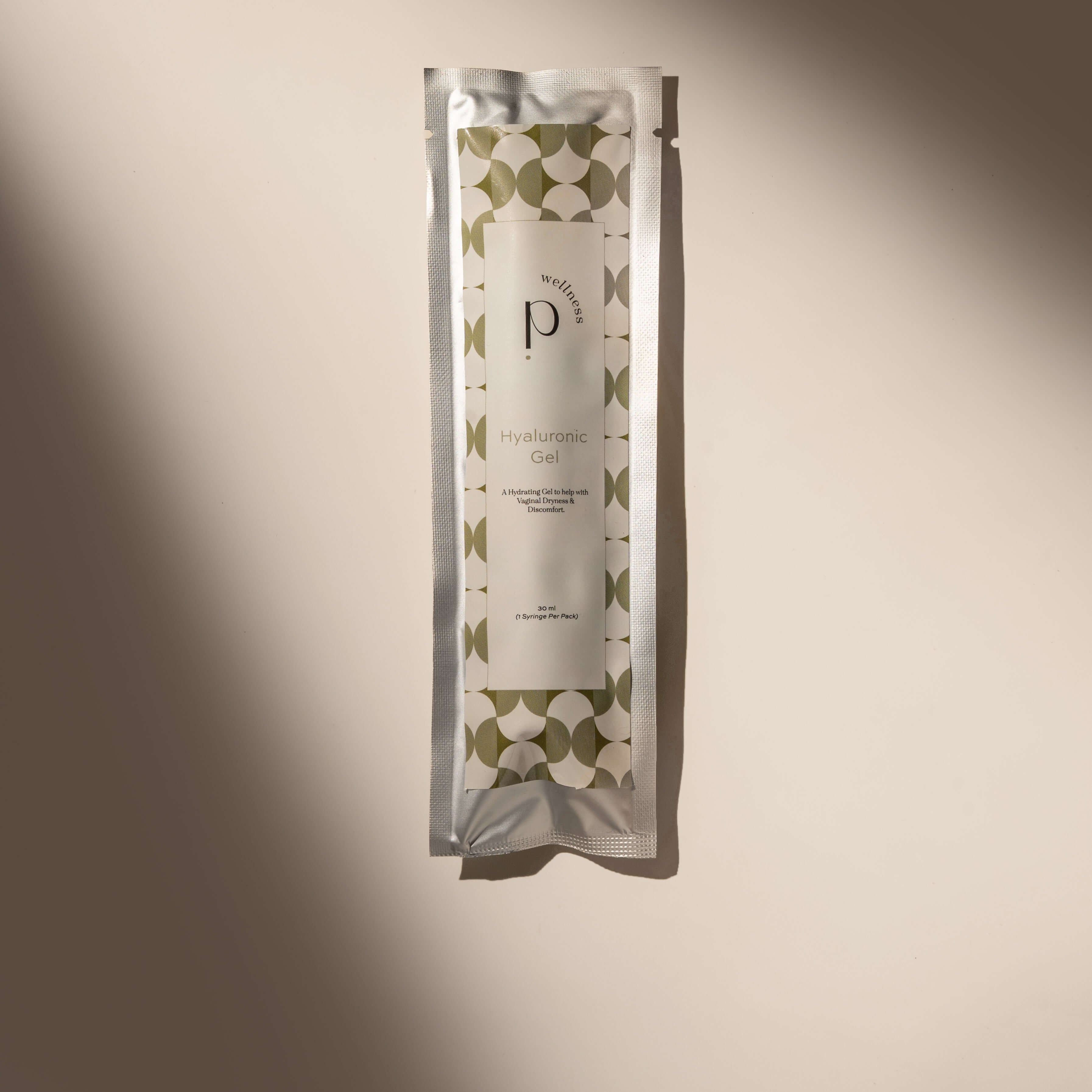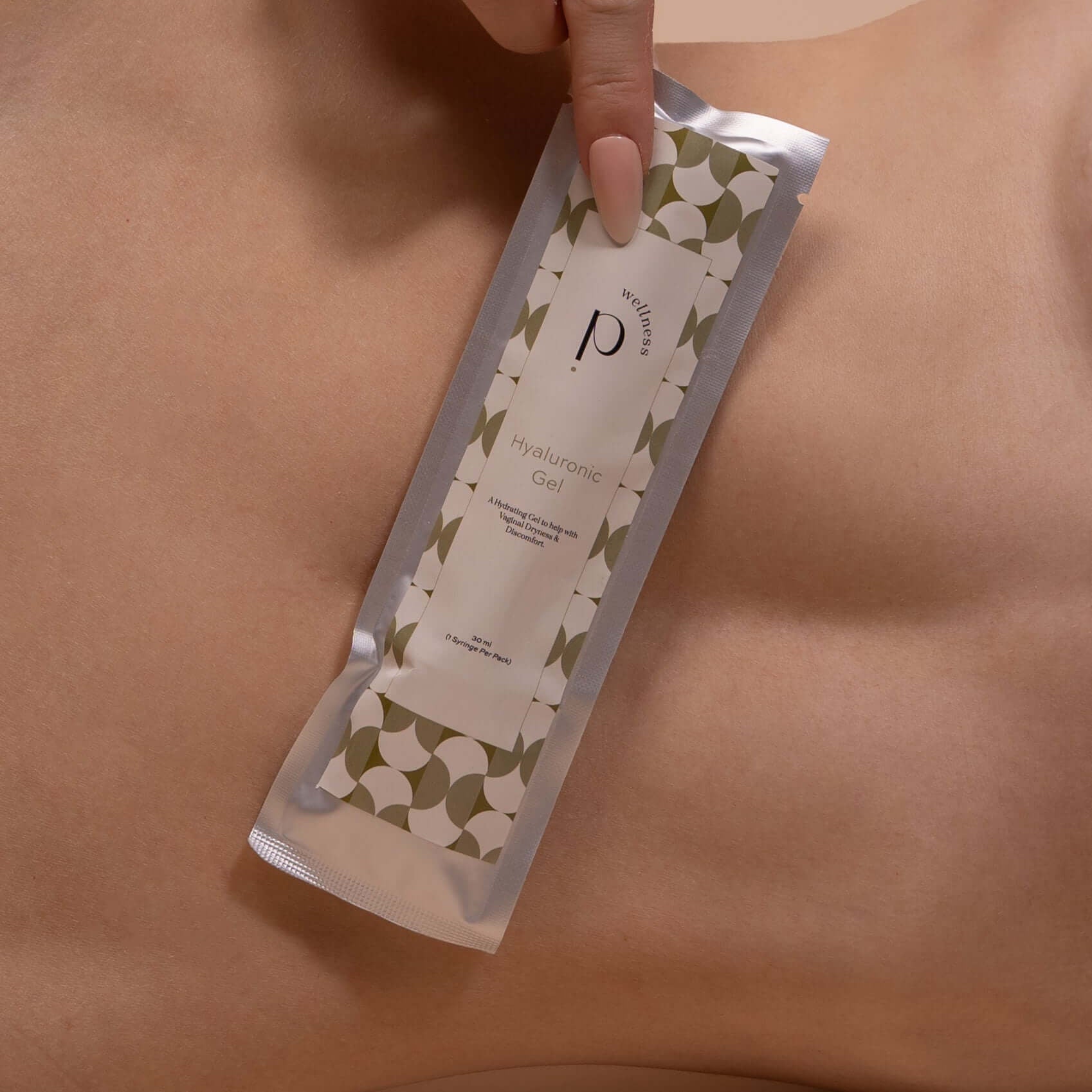Pain during intercourse is common among women with vaginas, but it should not be grouped into “just a part of being a woman”. Every woman deserves to experience pleasure and connection during sex, without the shame and discomfort. Understanding female sexual difficulties, like vaginismus and GPPPD help encourage understanding and promote healing.
What Is Painful Intercourse (Dyspareunia)?
Women who experience pain at the vaginal opening or deeper within the pelvis before, during or after sexual penetration may be experiencing what is medically known as ‘dyspareunia’. This can occur because of physical, hormonal or psychological factors, and often due to a combination of all three.
GPPPD- The broad term for categorising sexual pain disorders, which include:
Dyspareunia: General pain during sexual intercourse.
Vaginismus: The involuntary tightening of the pelvic floor.
What Is GPPPD?
Genito-Pelvic Pain/Penetration Disorder (GPPPD) occurs when a woman experiences pain during sexual activities, where there may be a secondary diagnosis of dyspareunia or vaginismus. These sexual difficulties are unique, with some women experiencing pain in certain situations or positions, and other women unable to experience penetration at all. The DSM-5 diagnoses GPPPD by a woman who experiences one or more of the following symptoms persistently for 6 months:
- Difficult with vaginal penetration
- Vulvovaginal or pelvic pain during intercourse or examination
- Fear or anxiety in anticipation of pain
- Automatic tightening of the pelvic floor muscles
Understanding Vaginismus
Vaginismus is the involuntary contraction of the pelvic floor muscles, which make penetration painful or impossible. This can be a physical or psychological response. Vaginismus can be explained through the Fear-Avoidance Model of Vaginismus (FAM-V), which explains how pain, fear and tension interact:
- A painful experience leads to fear of future pain
- Fear triggers anticipatory muscle tightening
- Tightening increases pain, reinforcing the fear.
Causes of GPPPD and Vaginismus
Here are some of the physical, biological and psychological causes of GPPPD and Vaginismus:
Pelvic floor and muscular factors
- Pelvic floor hypertonicity (the muscle tightening around the vaginal opening)
- Previous traumas e.g. childbirth or pelvic exams can condition muscular tension
- Post-surgical scarring, including episiotomy, C-section or pelvic surgery.
Hormonal factors
- Low estrogen levels caused by various factors including menopause, postpartum, breastfeeding and hormonal contraception can cause thinning and dryness of vaginal tissue (Genitourinary Syndrome of Menopause).
- Reduced natural lubrication, which can lead to friction and micro-tears
Medication or Medical reasons
- Chemotherapy or radiation can affect vaginal lubrication
- Antidepressants may reduce arousal and lubrication
- Pelvic nerve injury, after surgery or childbirth
- Pelvic-Inflammatory disease (PID)
- Endometriosis
- Vulvodynia
Psychological factors
- Fear of pain or anticipation of pain
- Sex-negative upbringings e.g. the belief that sex was shameful, dirty or painful
- Lack of education around female anatomy
- Body image concerns or self-consciousness
- Previous sexual assault or medical trauma e.g. IUD insertion
For more information:
Other Common Causes of Pain During Sex
GPPPD and Vaginismus are common, however they are not the only reasons sex can hurt. Pain may also result from:
- Hormonal or physiological changes e.g. Genitourinary Syndrome of Menopause, vaginal atrophy, postpartum healing or breastfeeding
- Recurrent thrush, bacterial vaginosis, or urinary tract infections.
- Medical or chronic health conditions e.g. endometriosis or fibroids
- Psychological factors e.g. anxiety, shame or past trauma
- Relational factors e.g. mismatched libido
Sometimes pain during intercourse can be because of low arousal or too little foreplay. A reminder that pain is often a body message, not a sign of “dysfunction.”
Treatment Options for Painful Sex
A lot of women benefit from an approach that combines medical care, physical therapy, and emotional support. This can be broken down into two phases, holistic and professional options:
Phase 1: Education and Relaxation
- Learn about genital anatomy e.g. Come As You Are by Emily Nagoski
- Practice deep-breathing and mindfulness to reduce pelvic tension
- Self-exploration with a mirror, finger or toys for learning sensations that feel good for you.
Phase 2: Gradual Exposure and Cognitive Reframing
- Reframe your thoughts of “sex is always so painful” and replace them with compassionate affirmations e.g. “My body is worthy of experiencing pleasure”
- Utilise dilators
- Incorporate Sensate Focus
Holistic Support
- Use the Pinc Wellness Lubricant Gel for sexual activities
- Insert the Pinc Wellness Lubricant capsules one hour before sex
- Ensure you are aroused and well lubricated before penetration
Who to seek professional help from:
- GP
- Pelvic floor physiotherapist
- Sexologist/ couples therapist
- Gynaecologist
Healing takes time, patience, and gentle curiosity about one’s body.
Further resources:
Understanding Female Sexual Dysfunction with Sheryl Kingsberg
Debunking Desire with Dr. Lori Brotto
Written by Tomiah Patten

